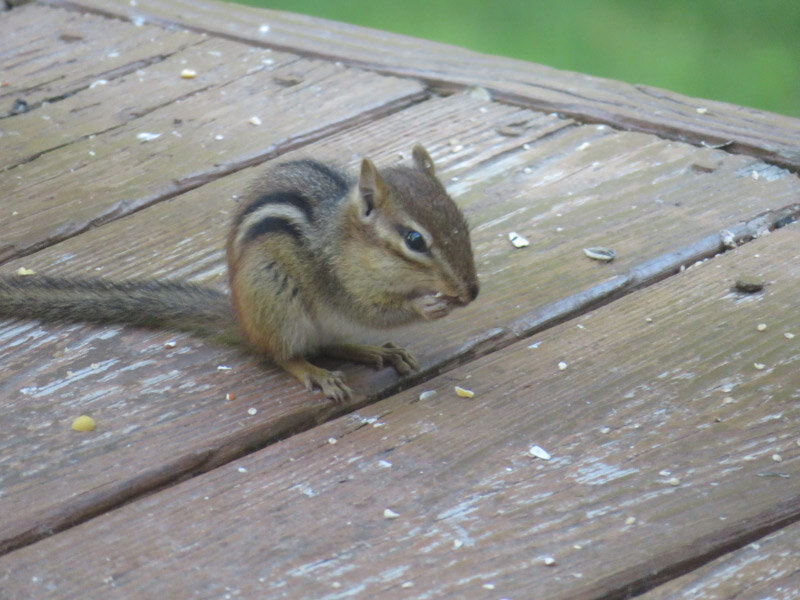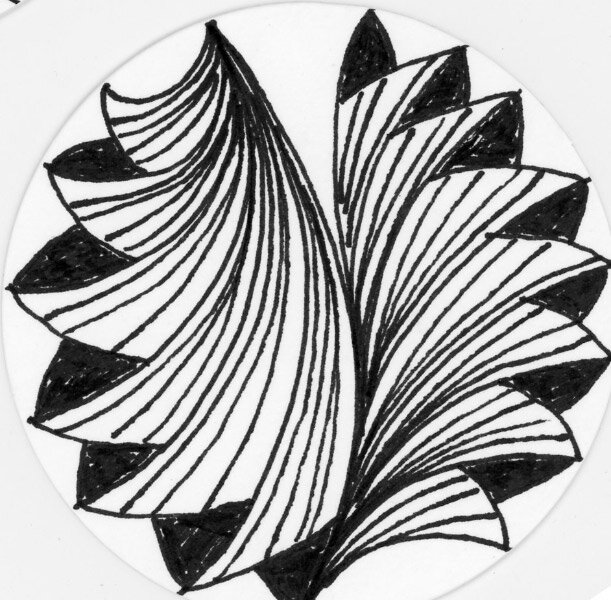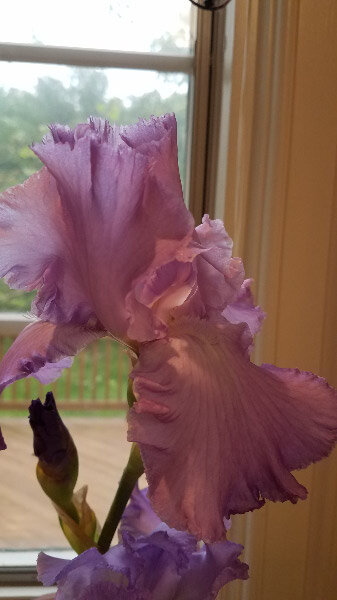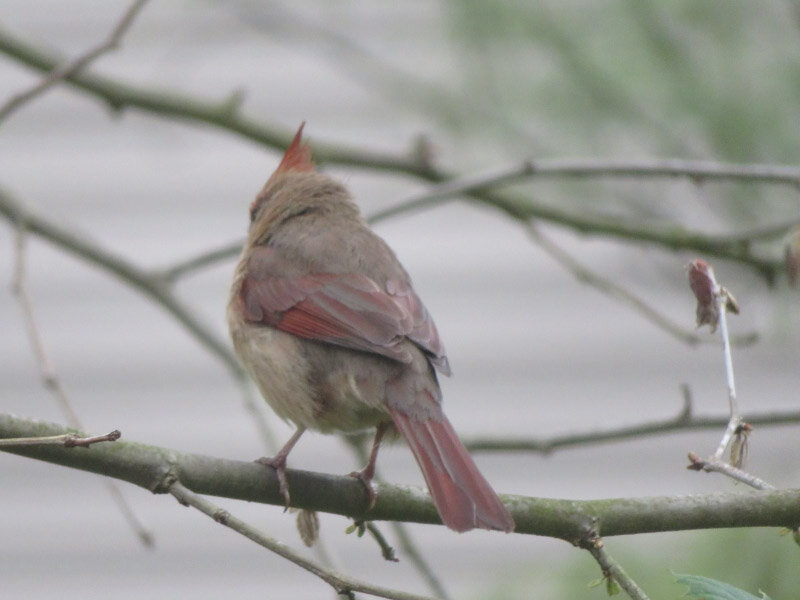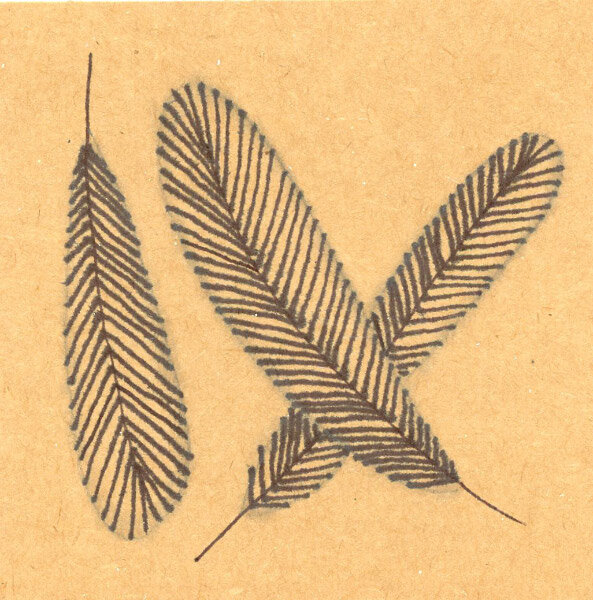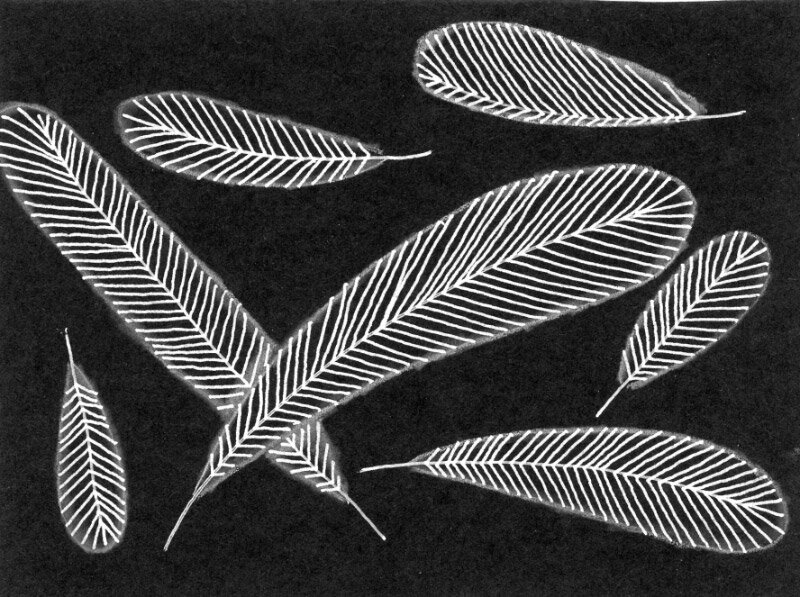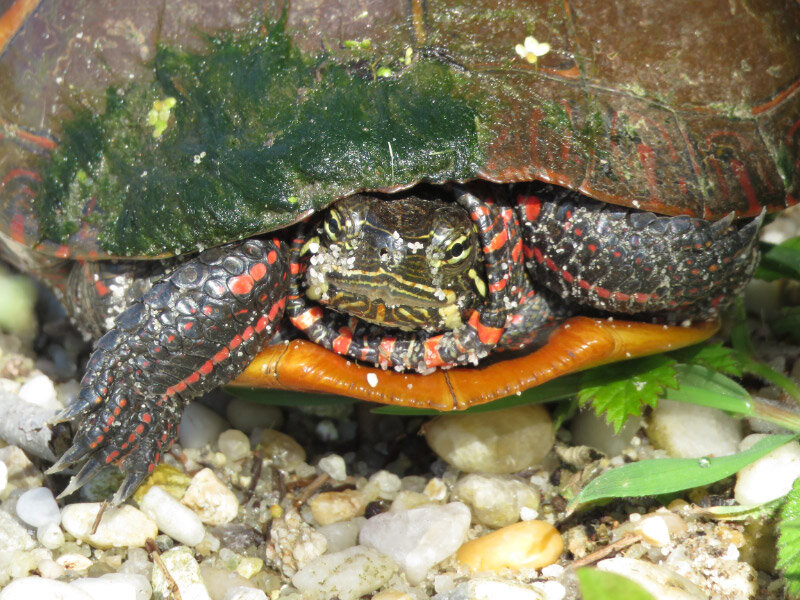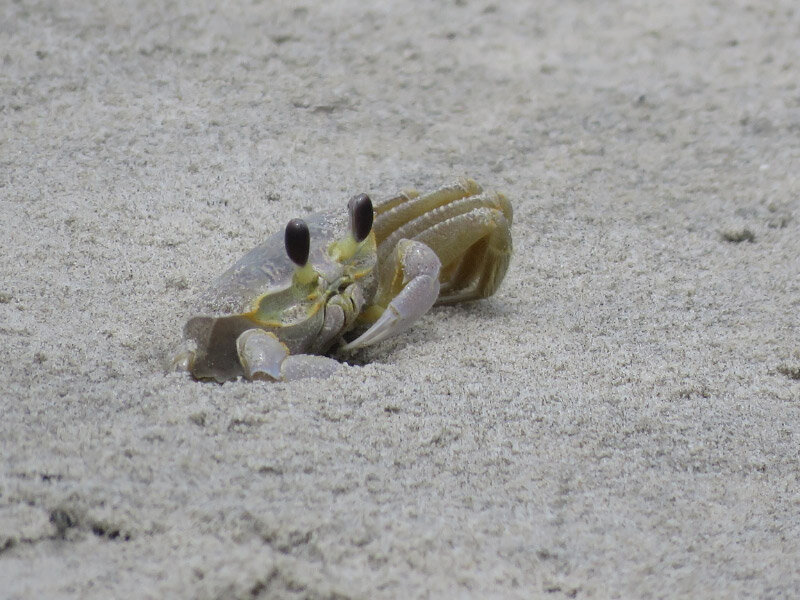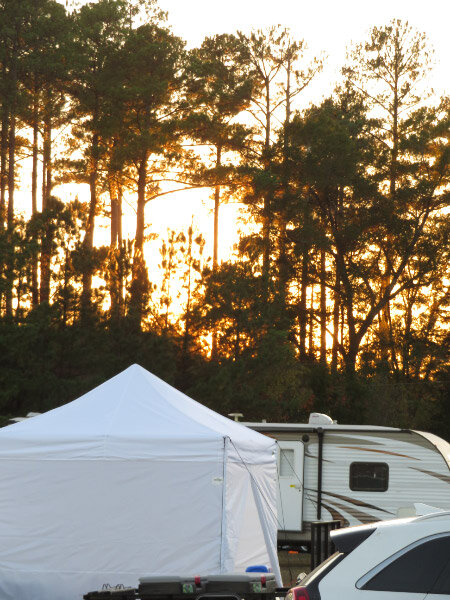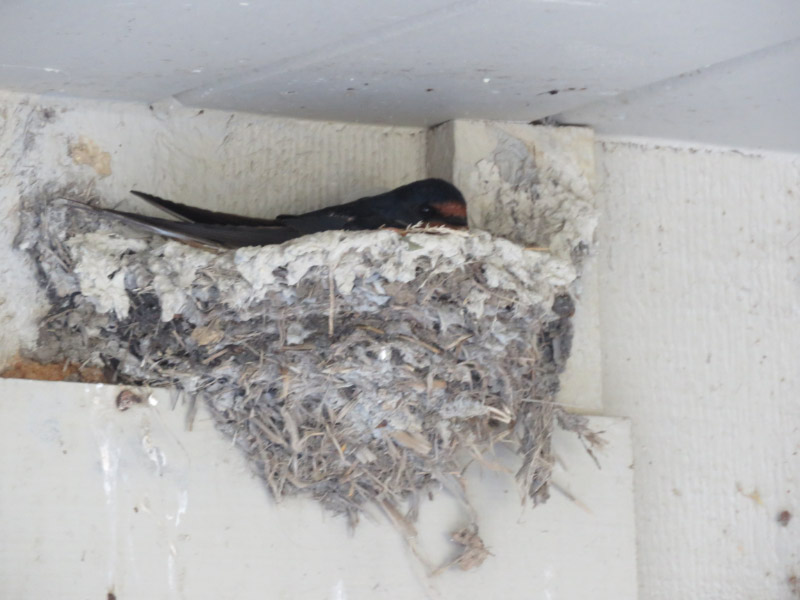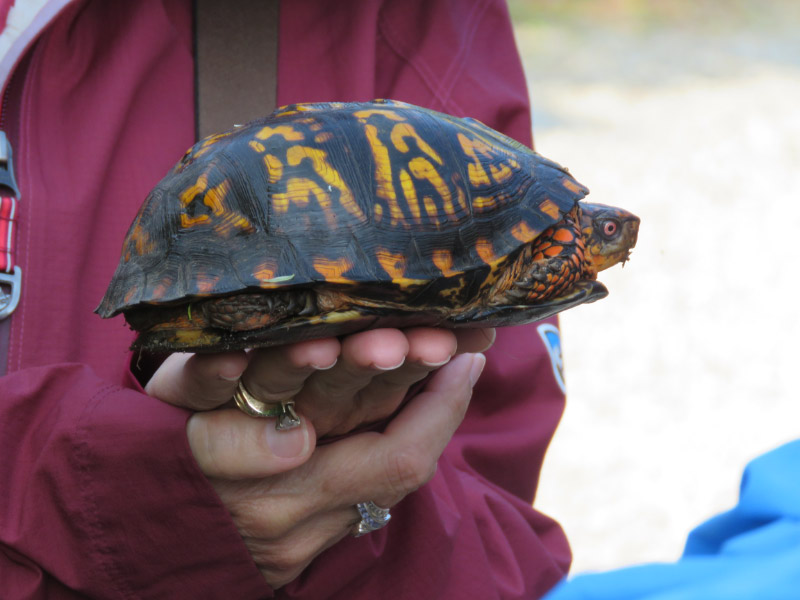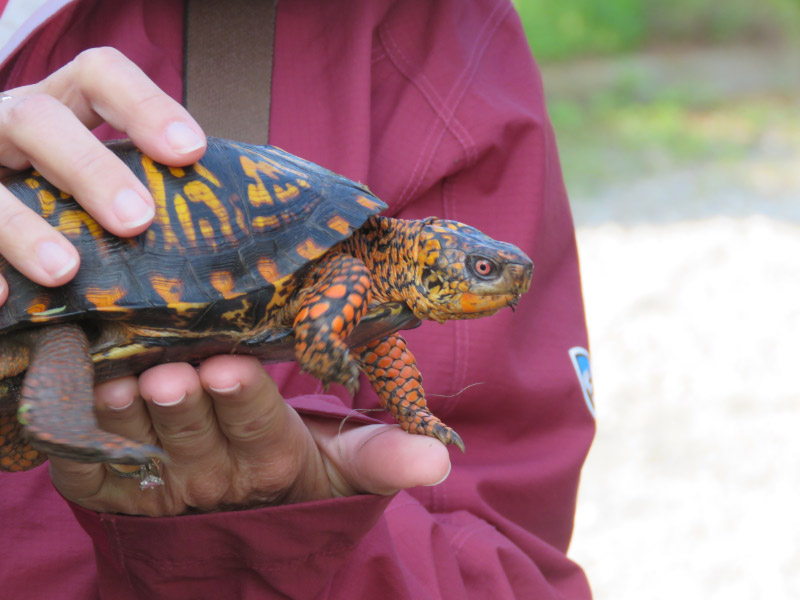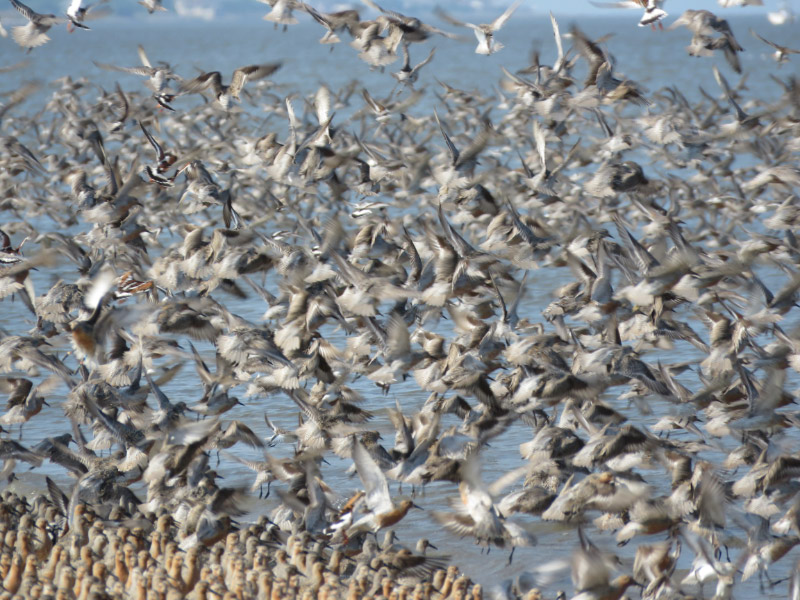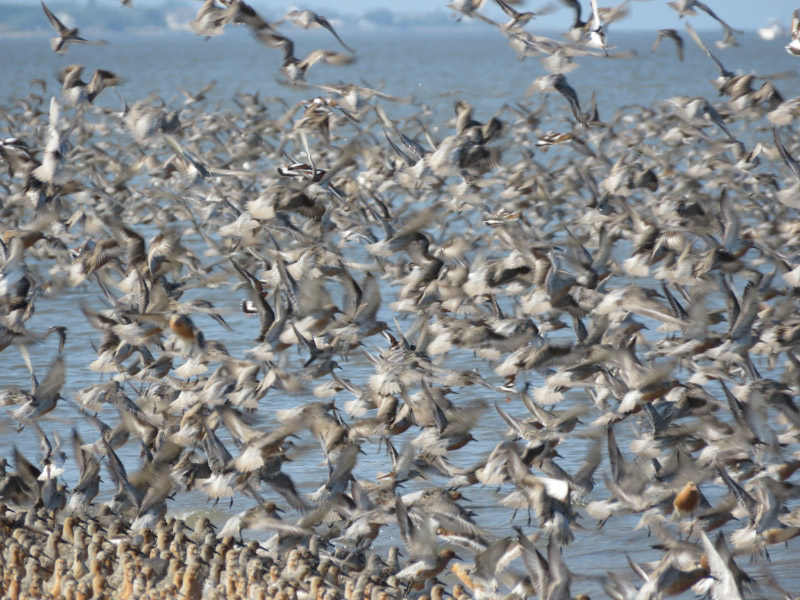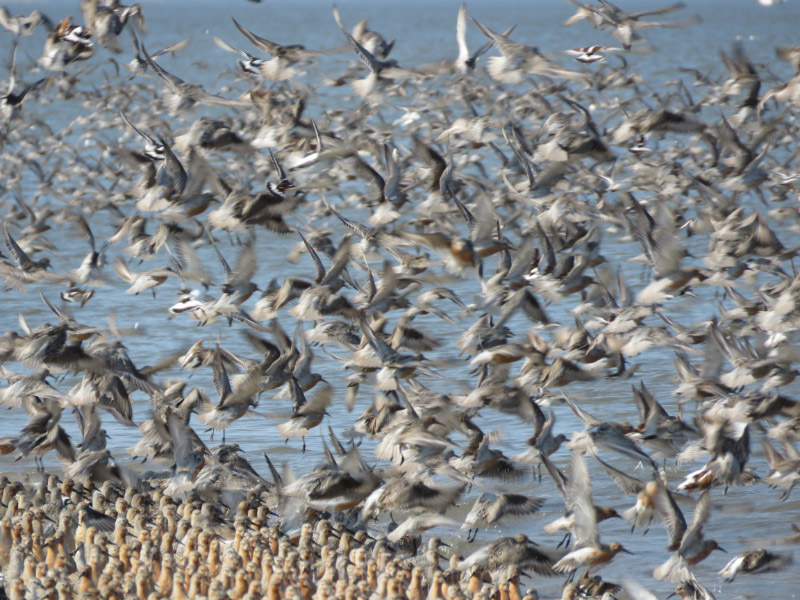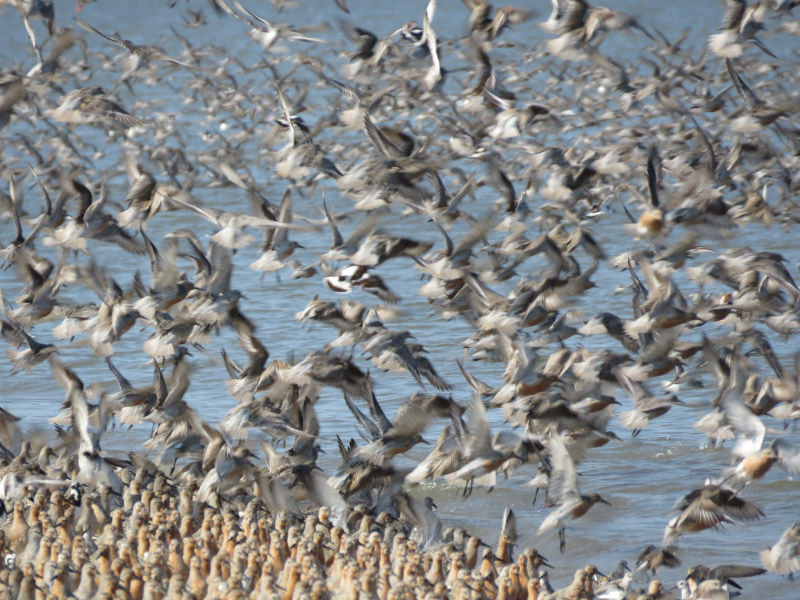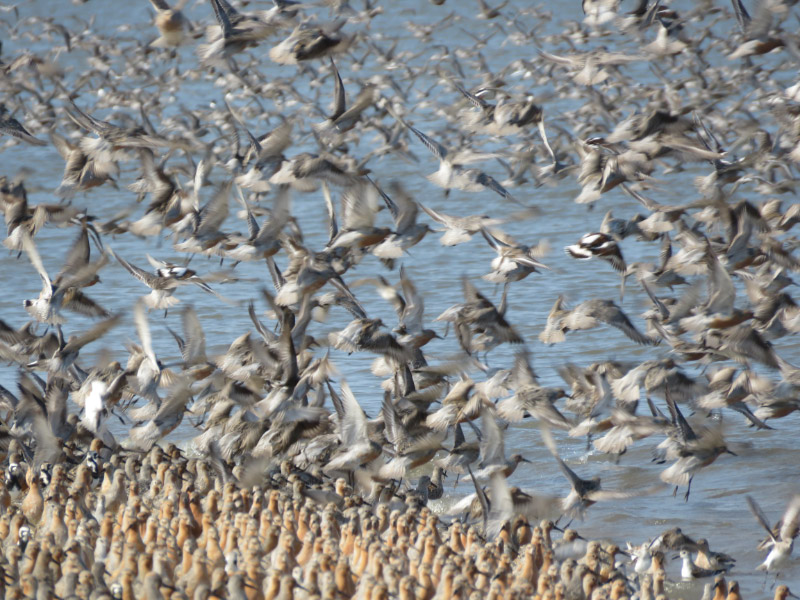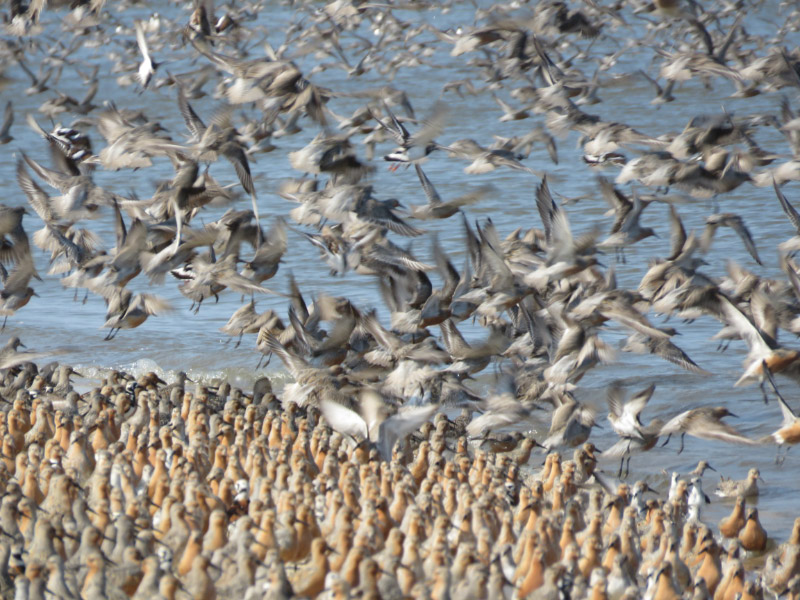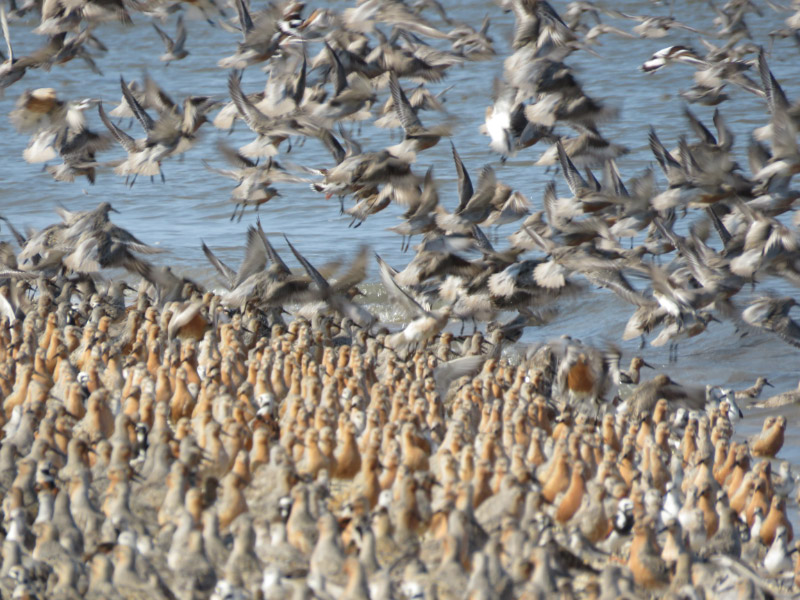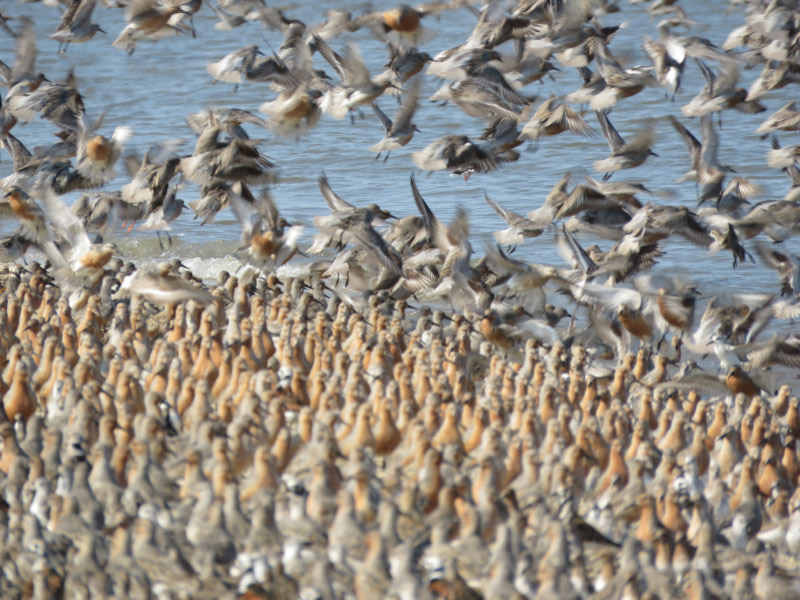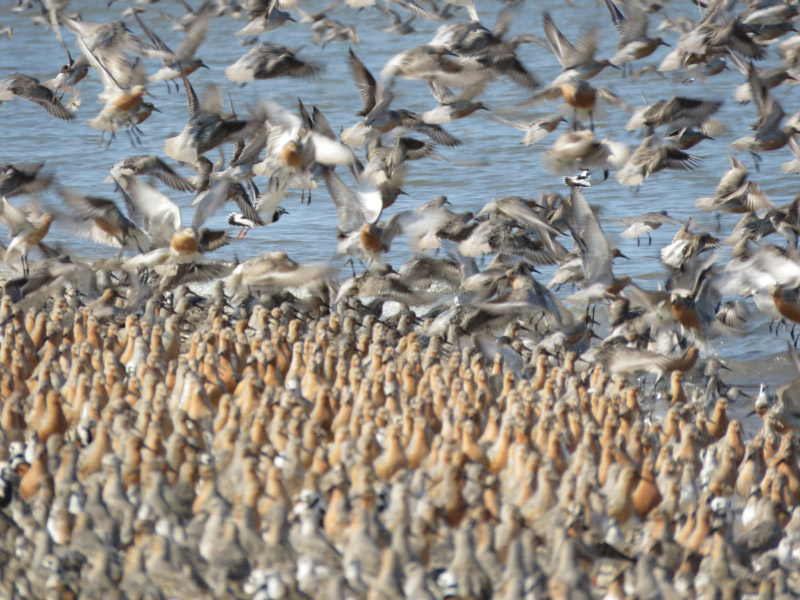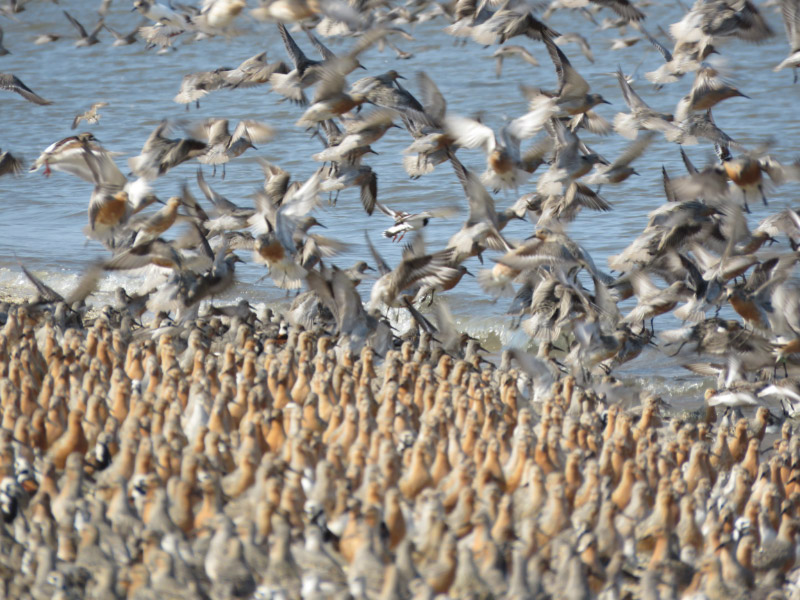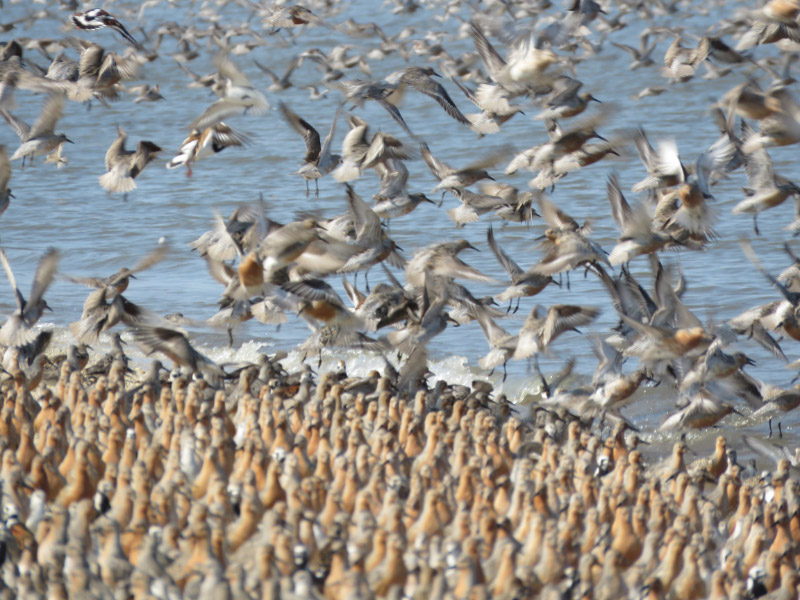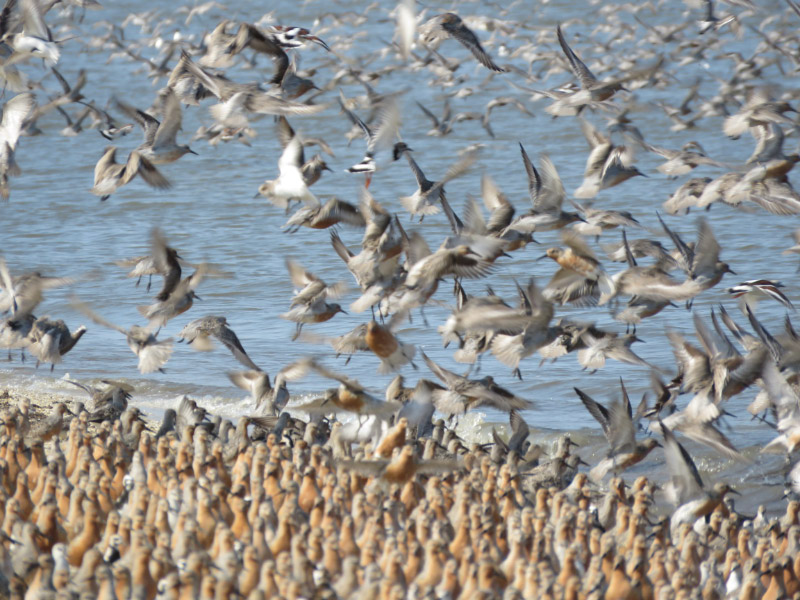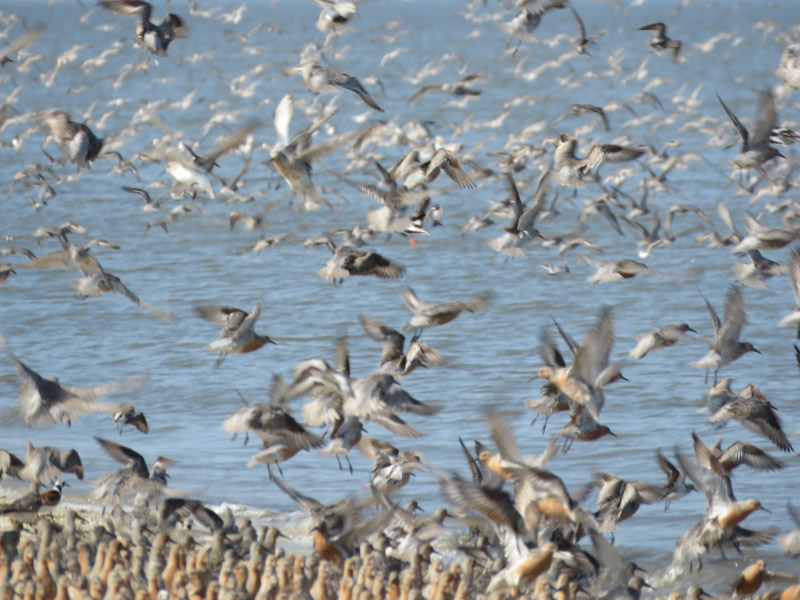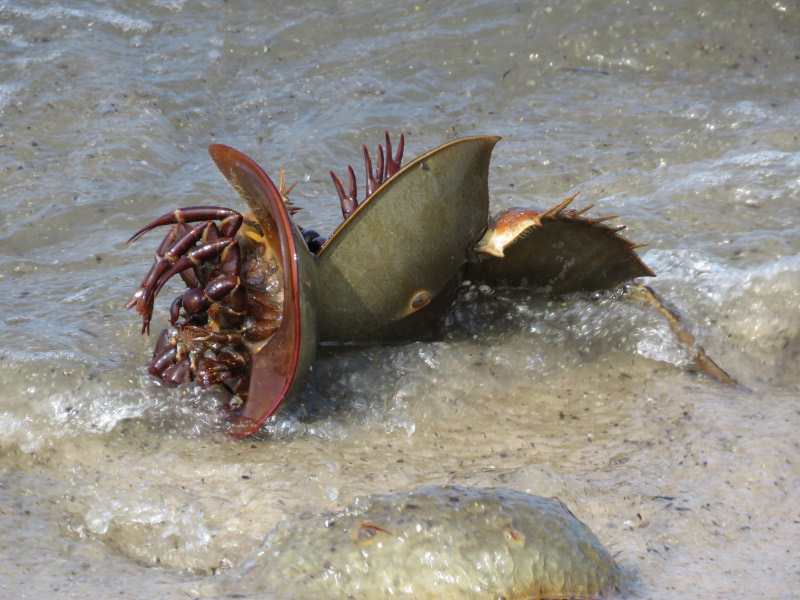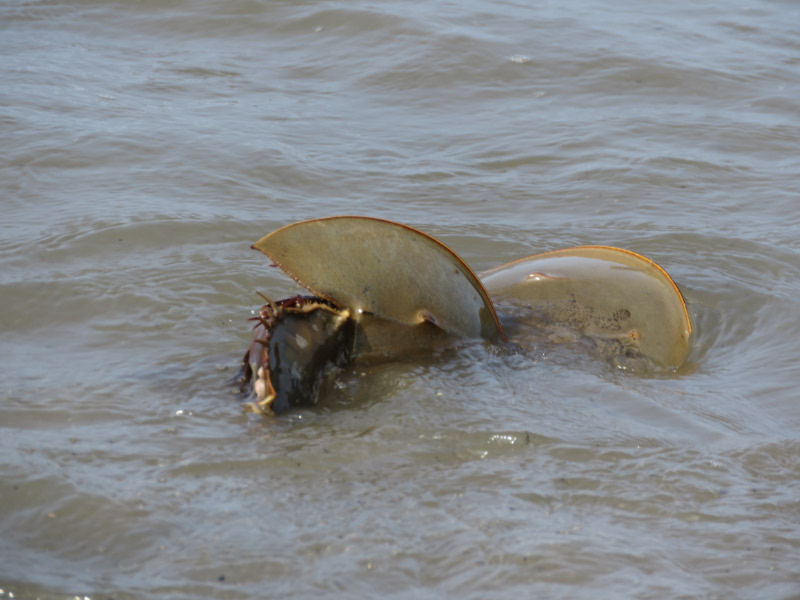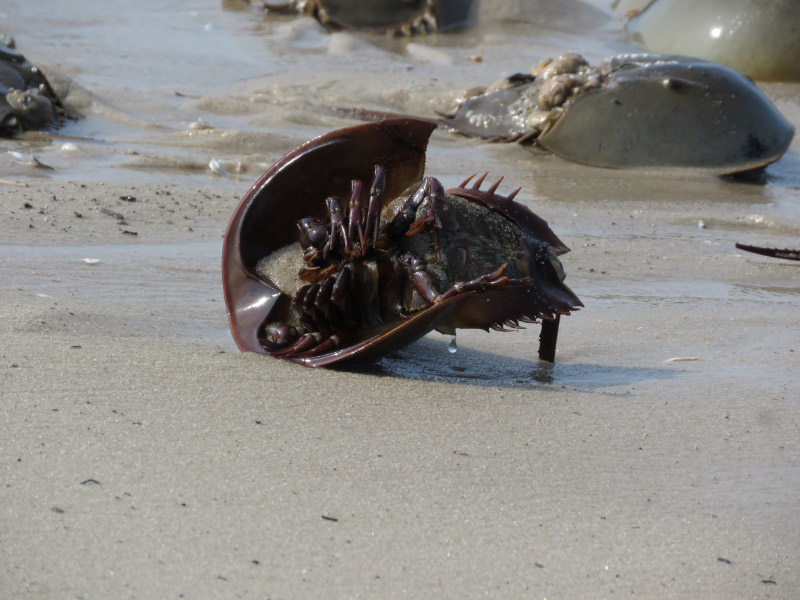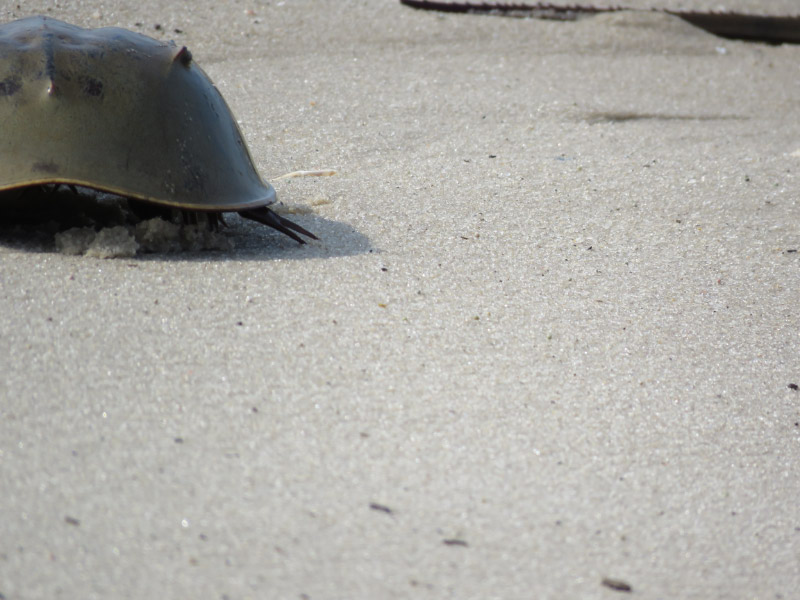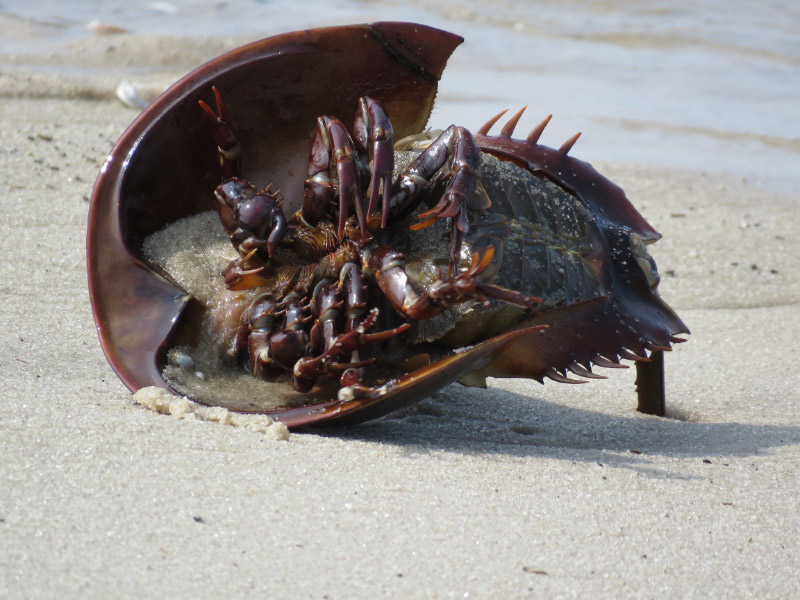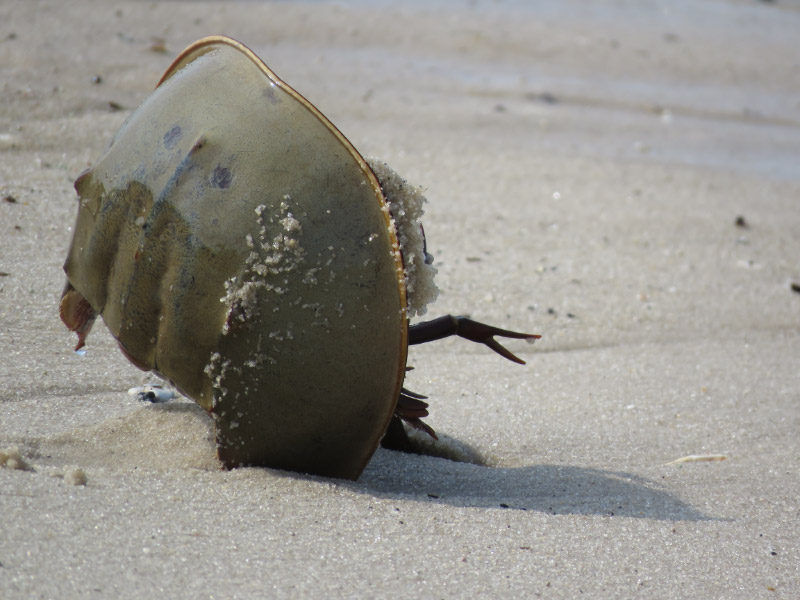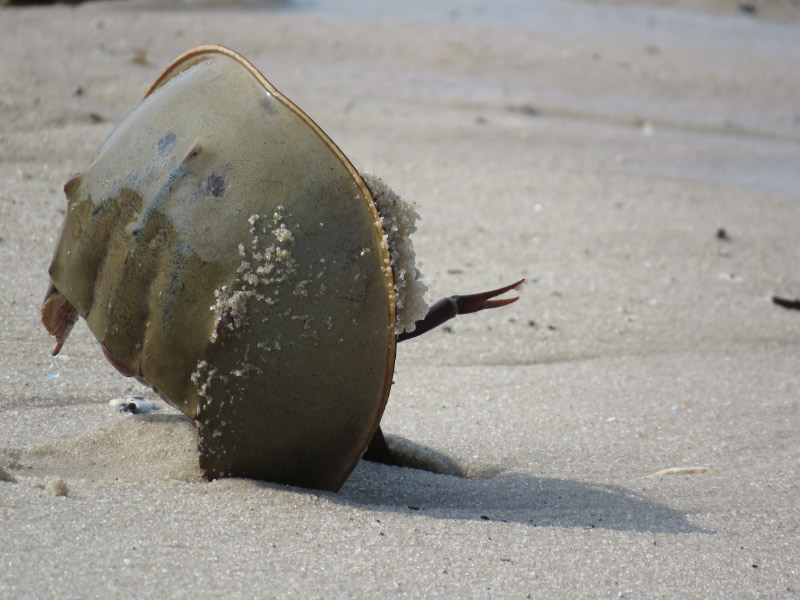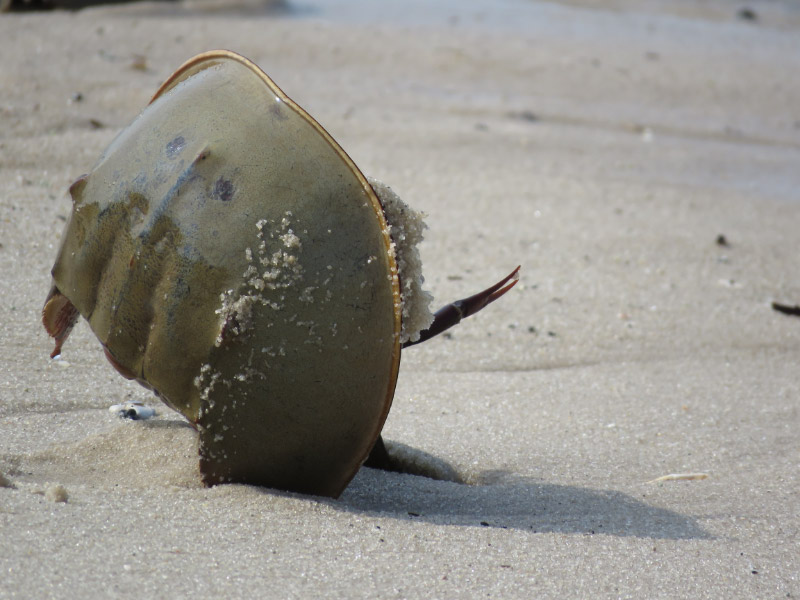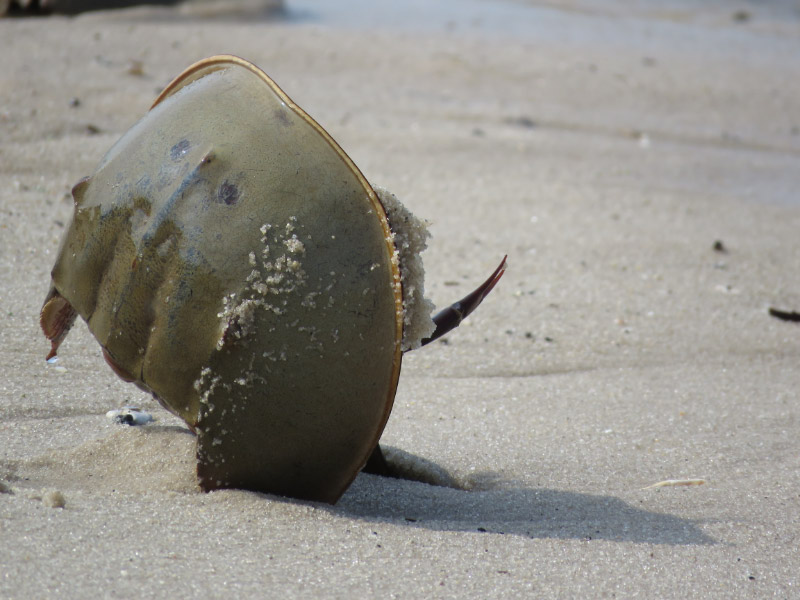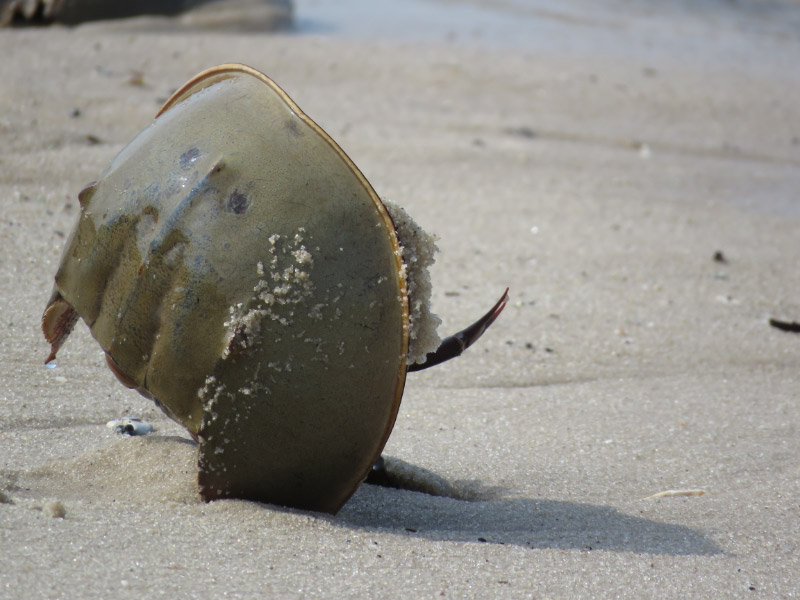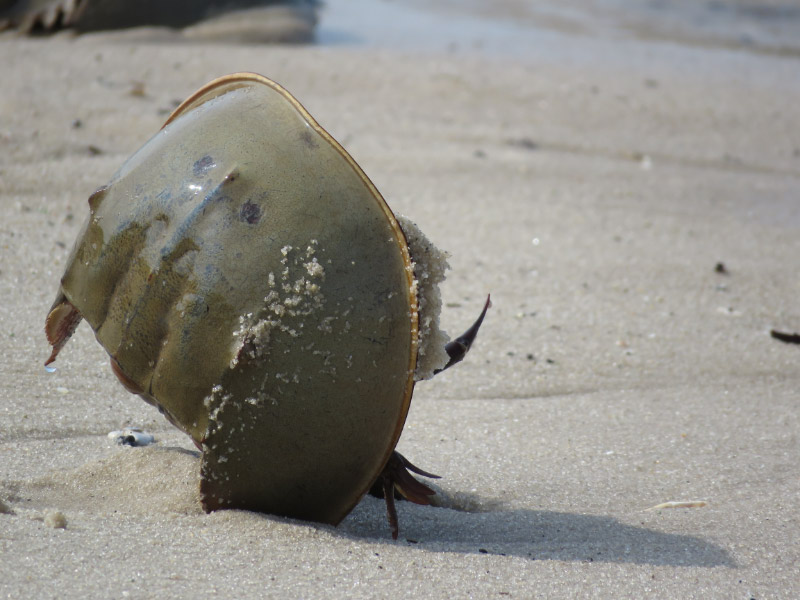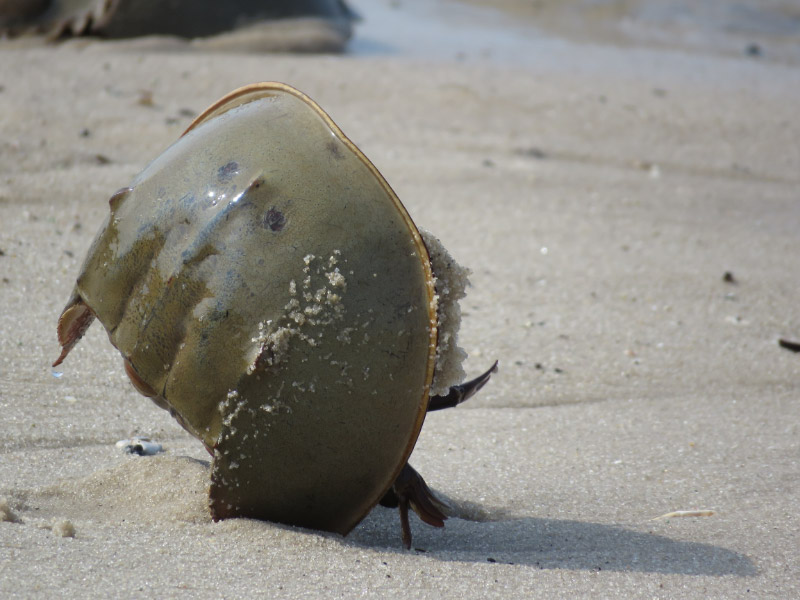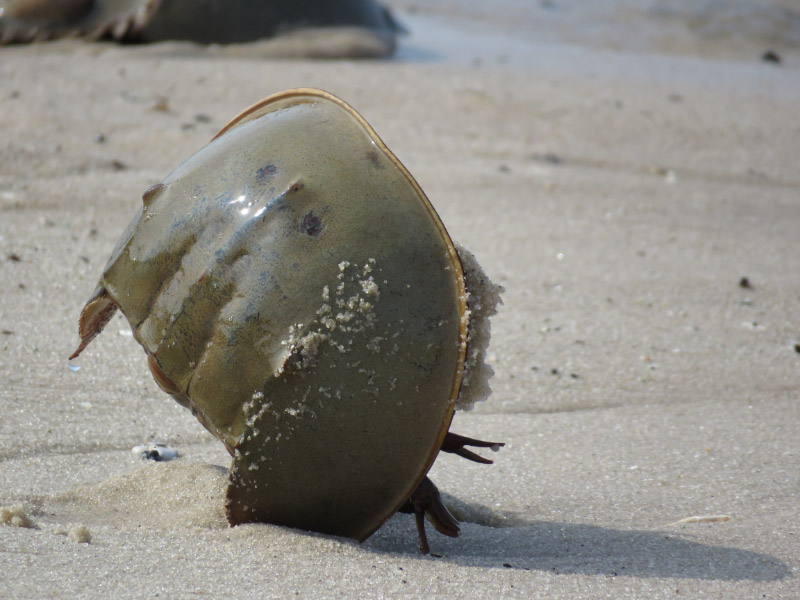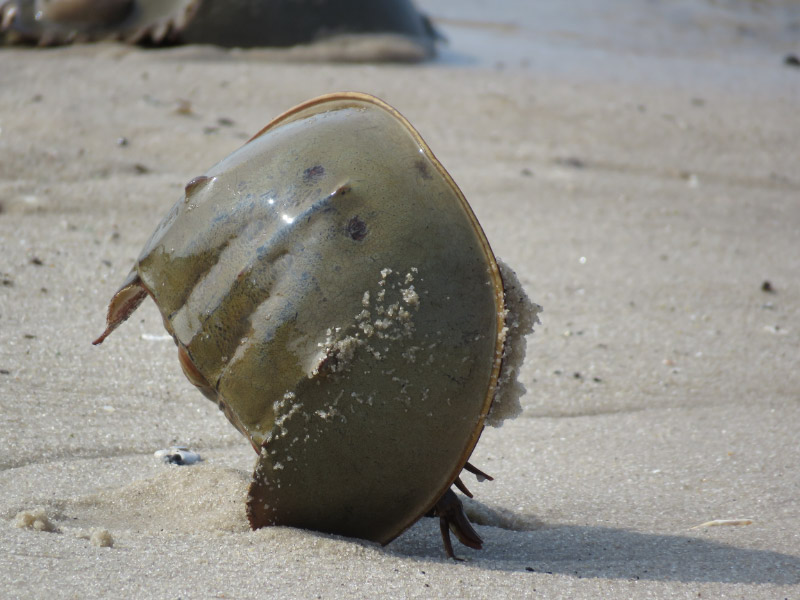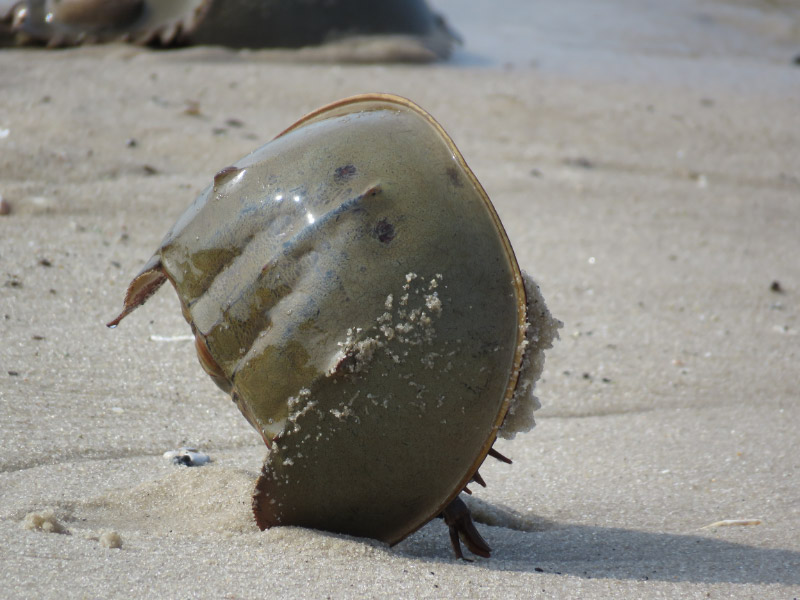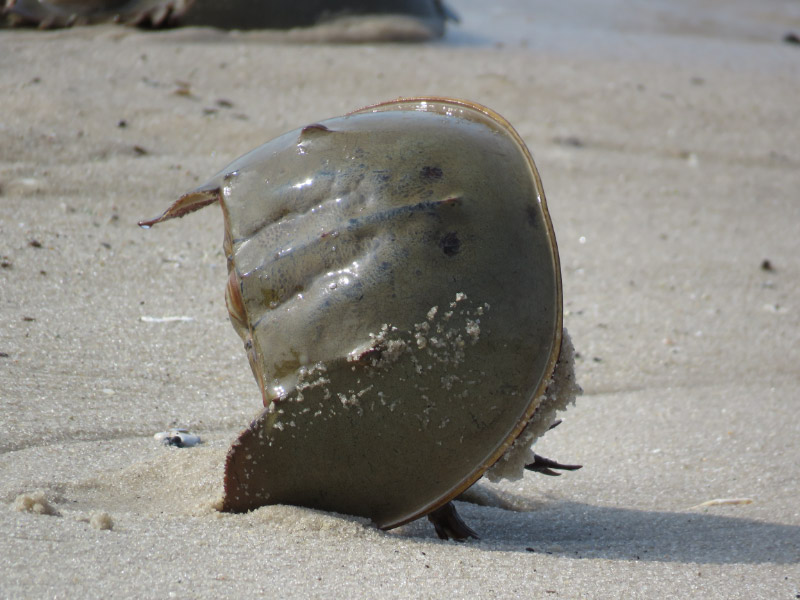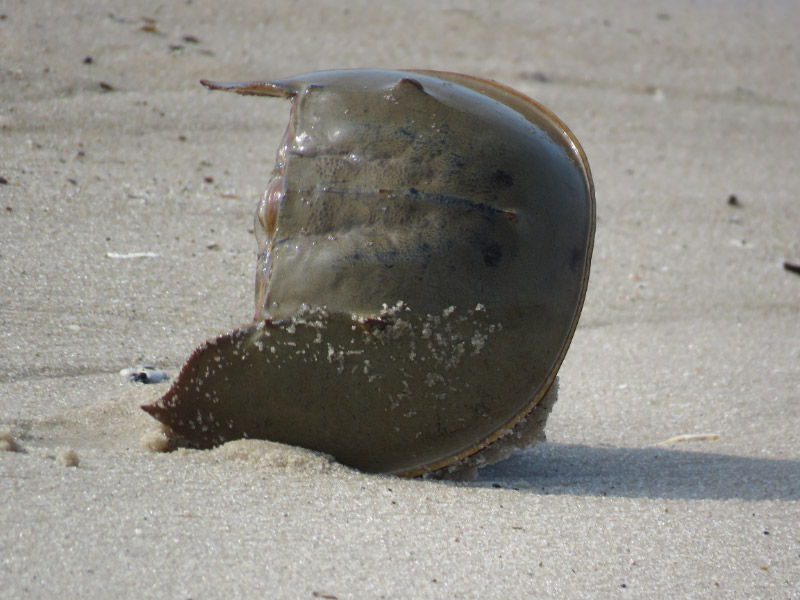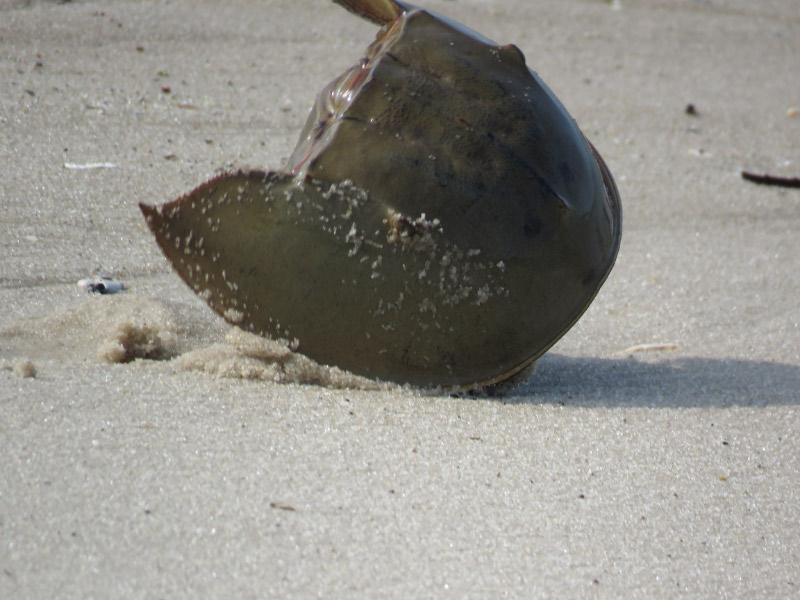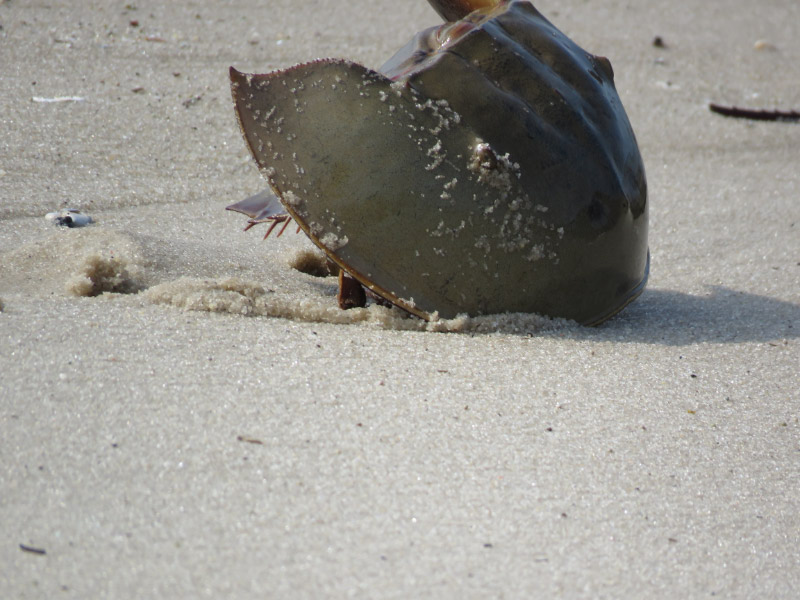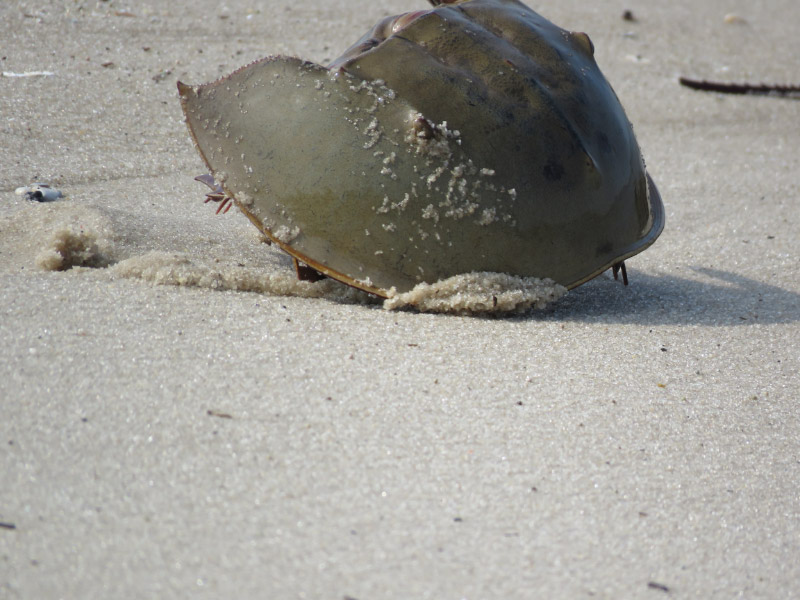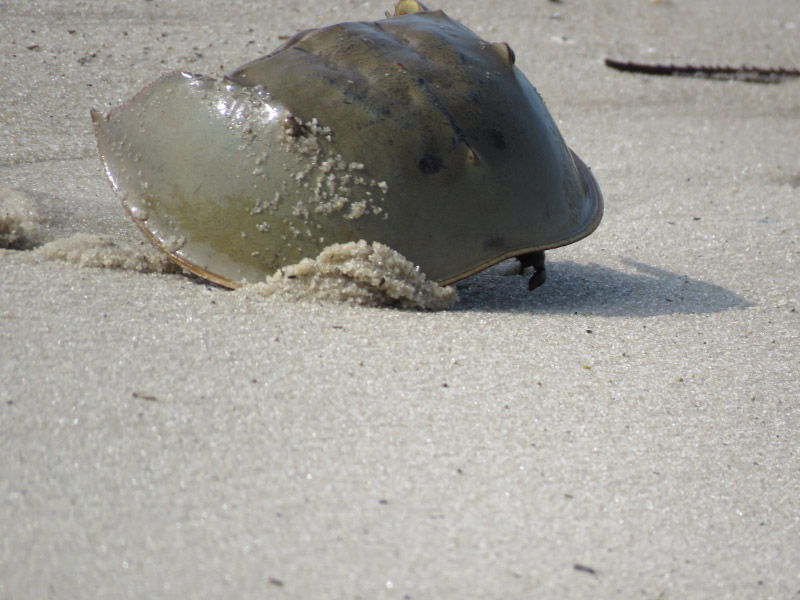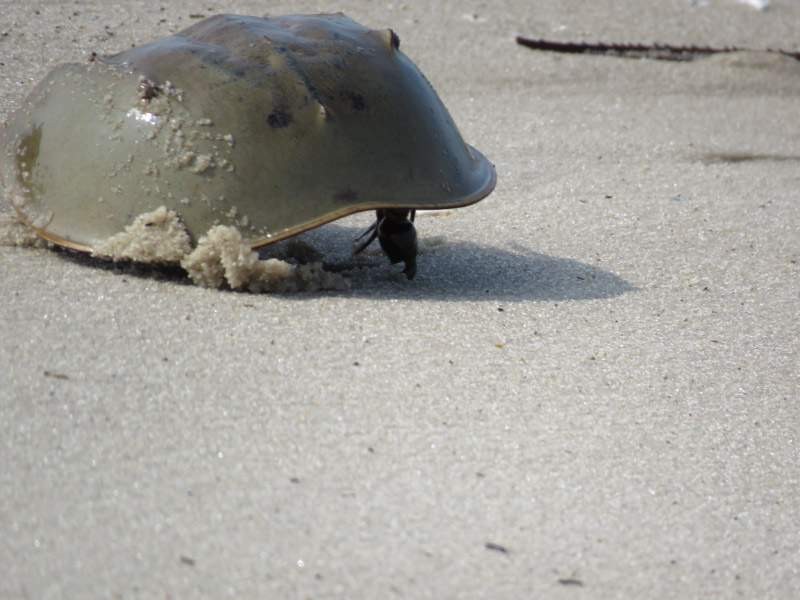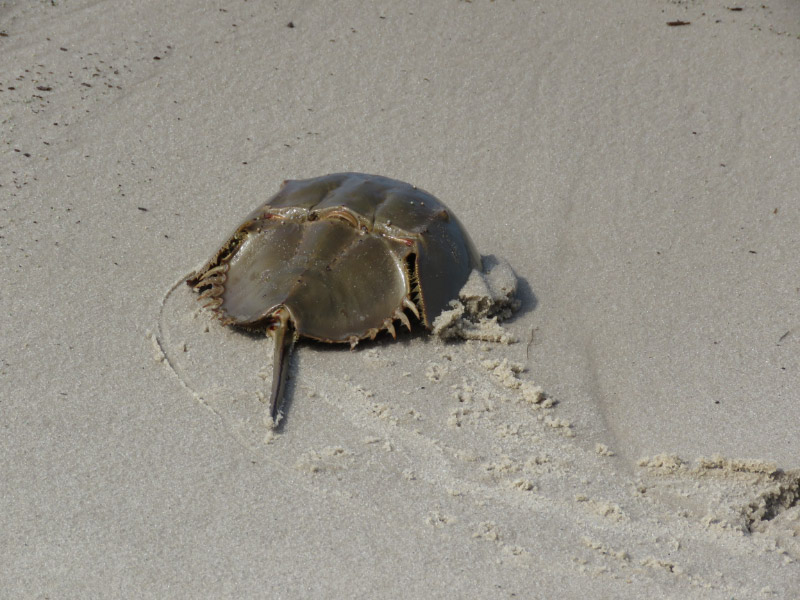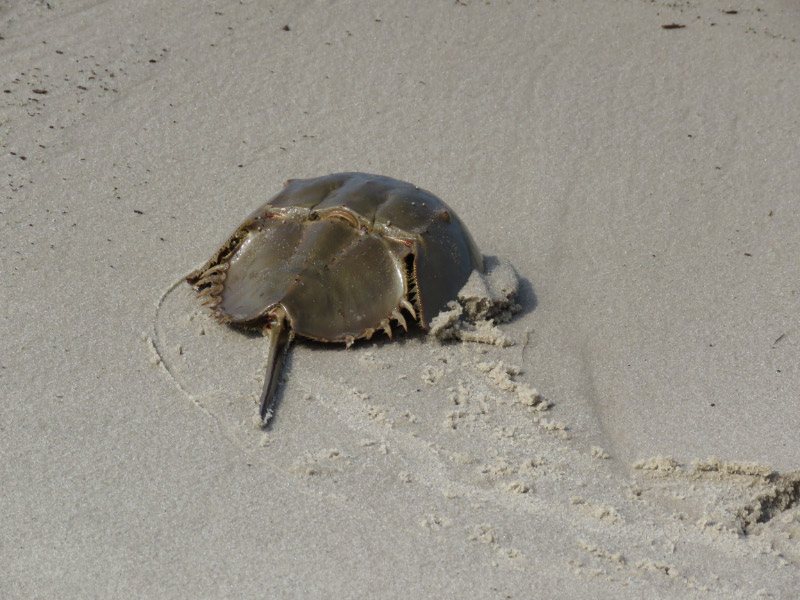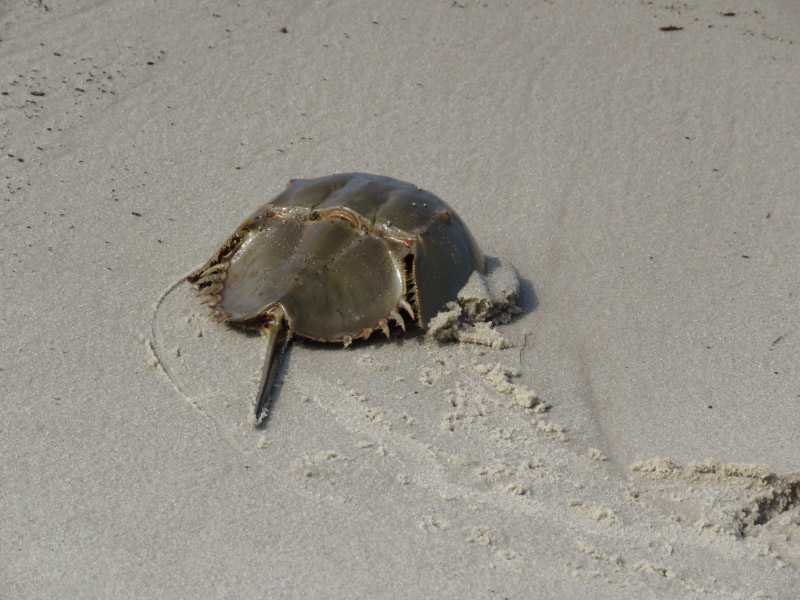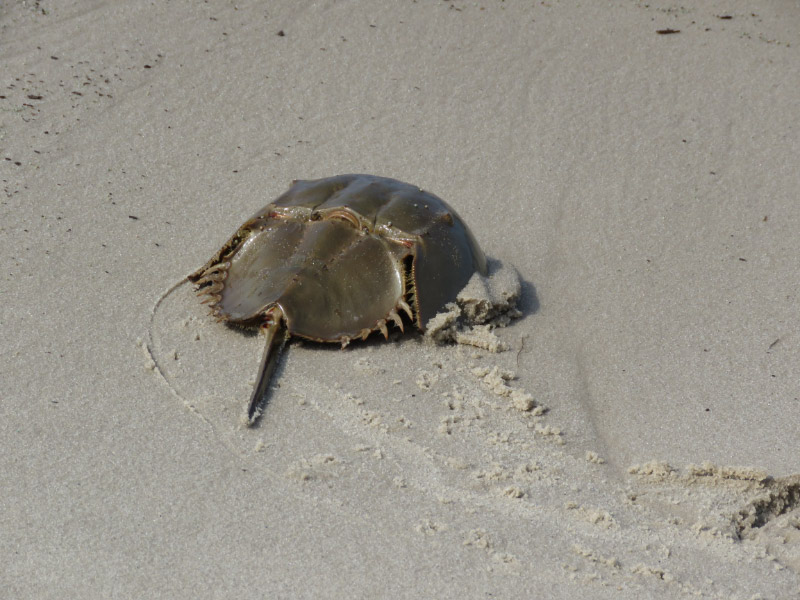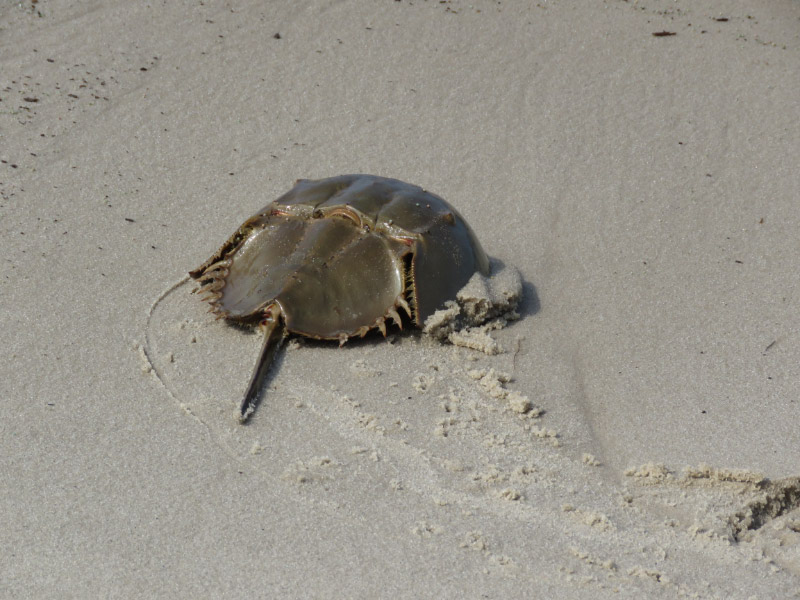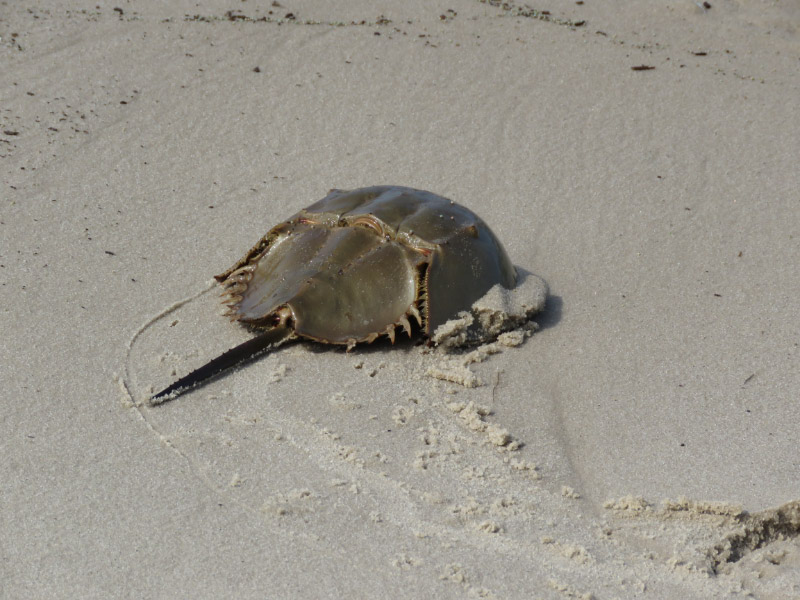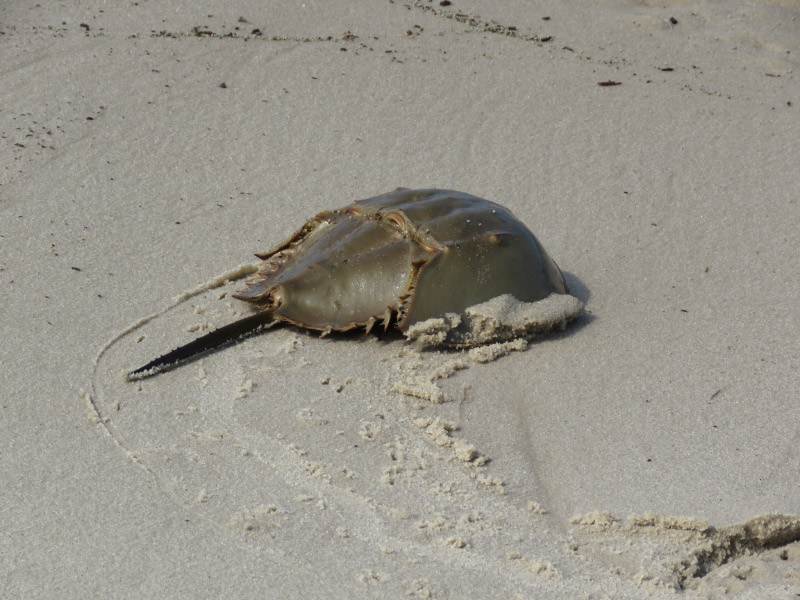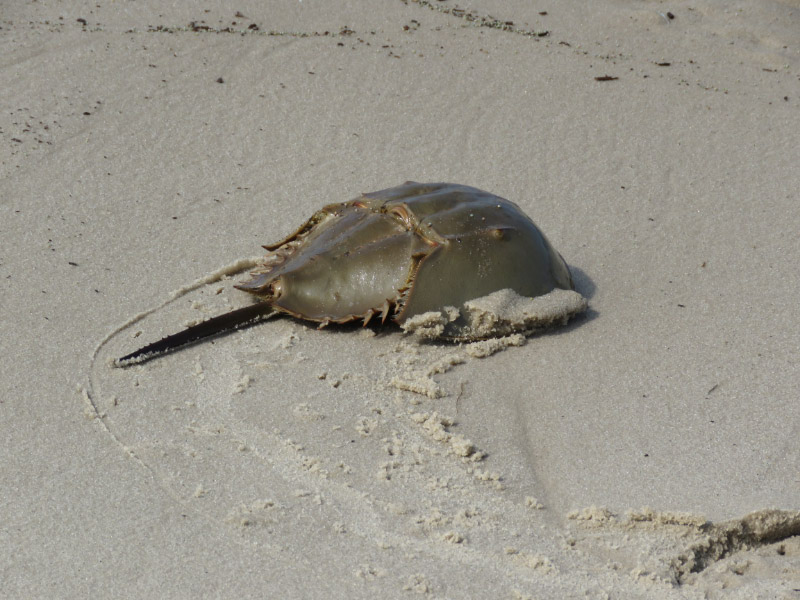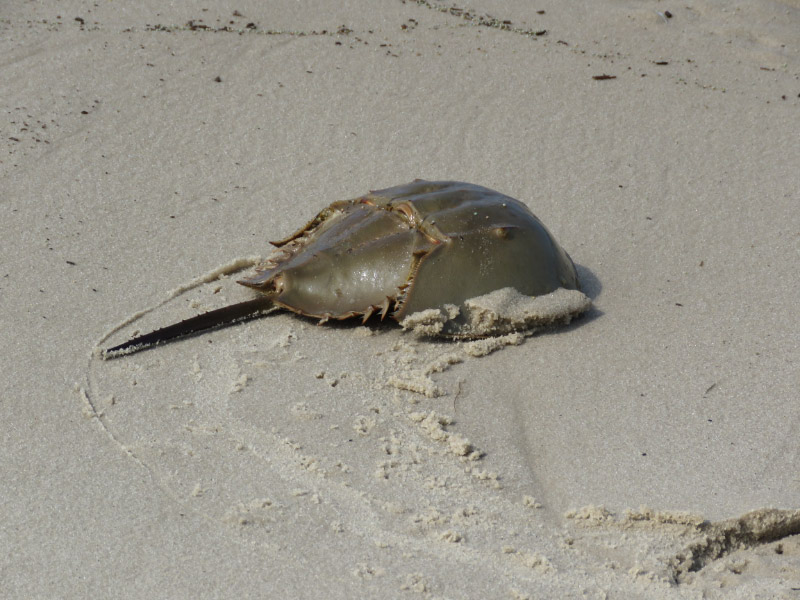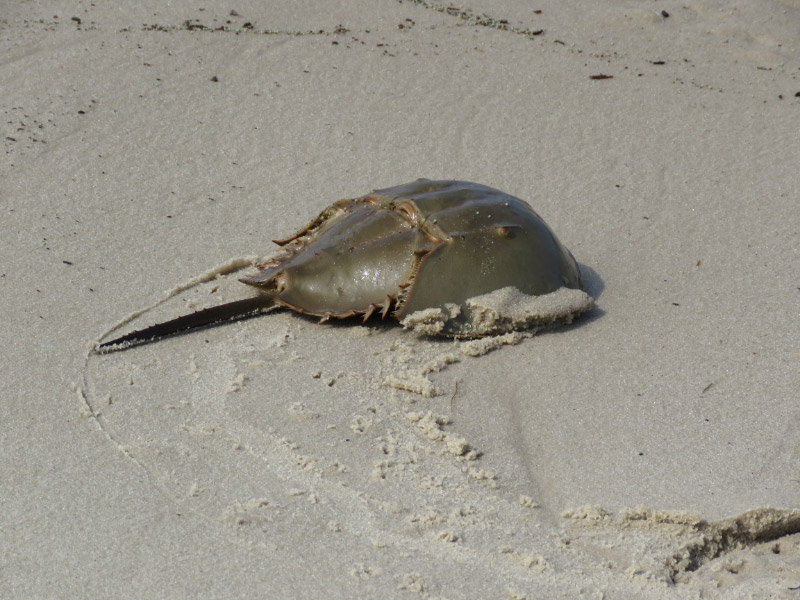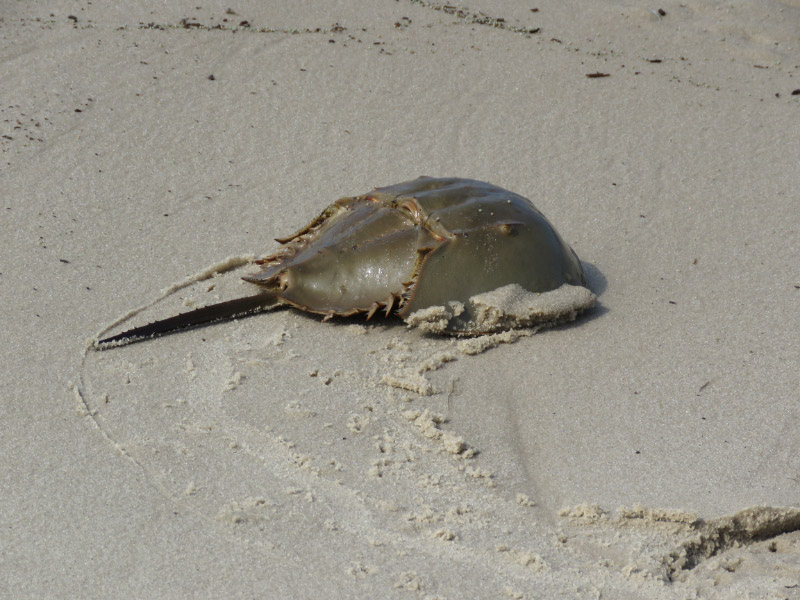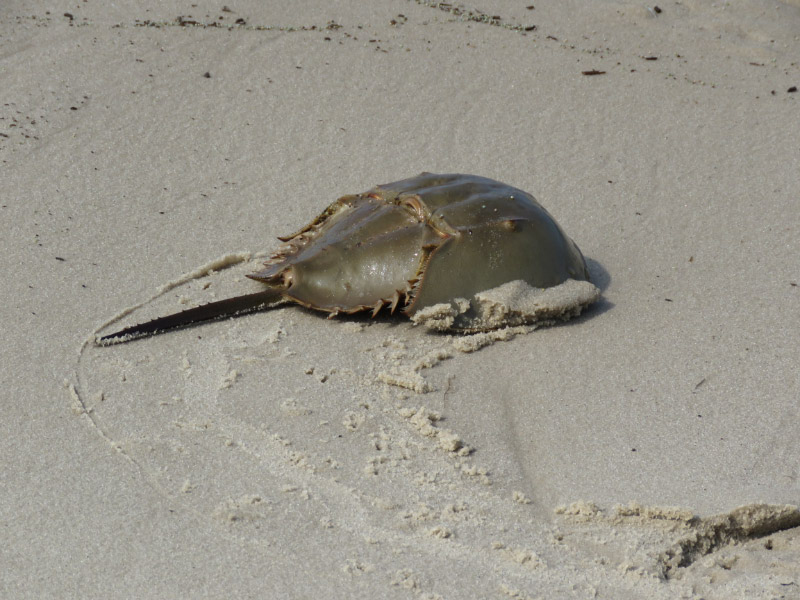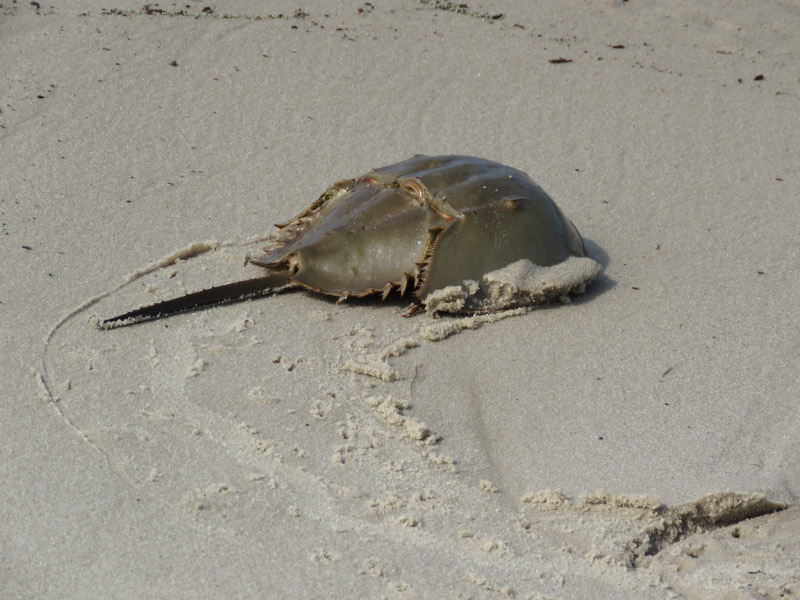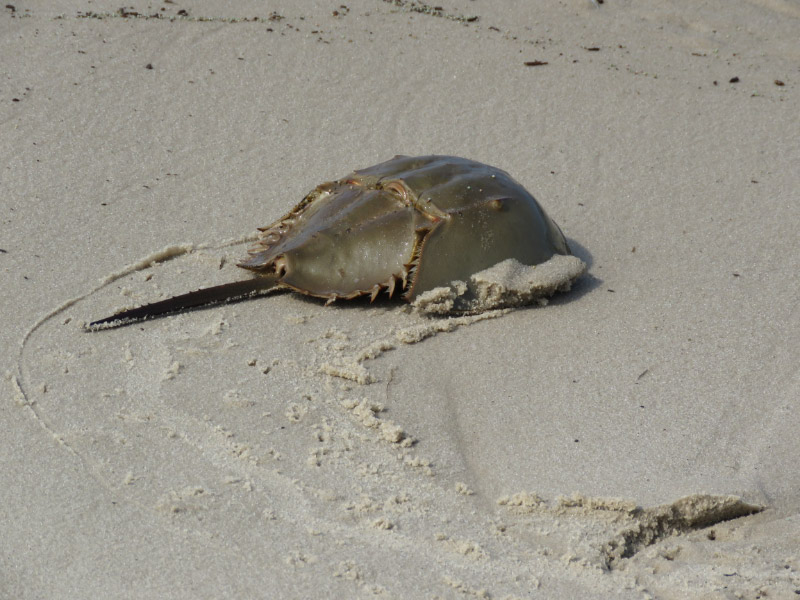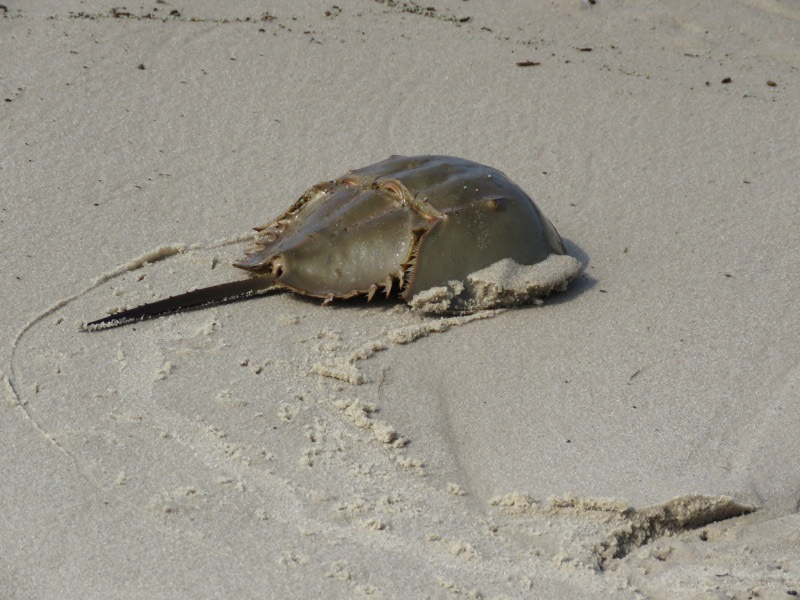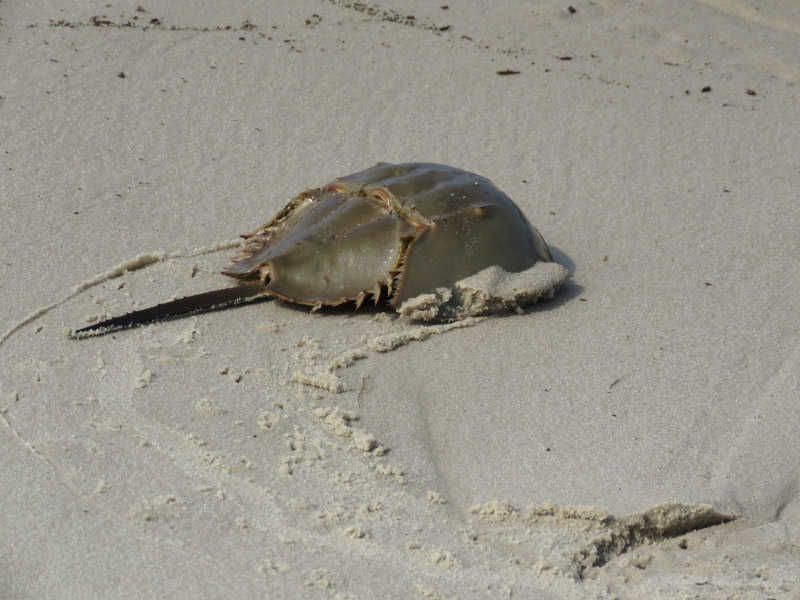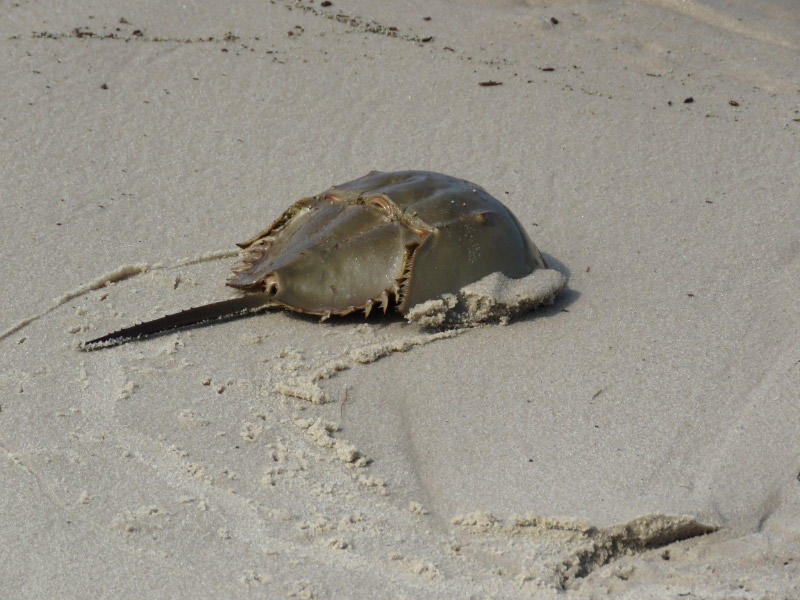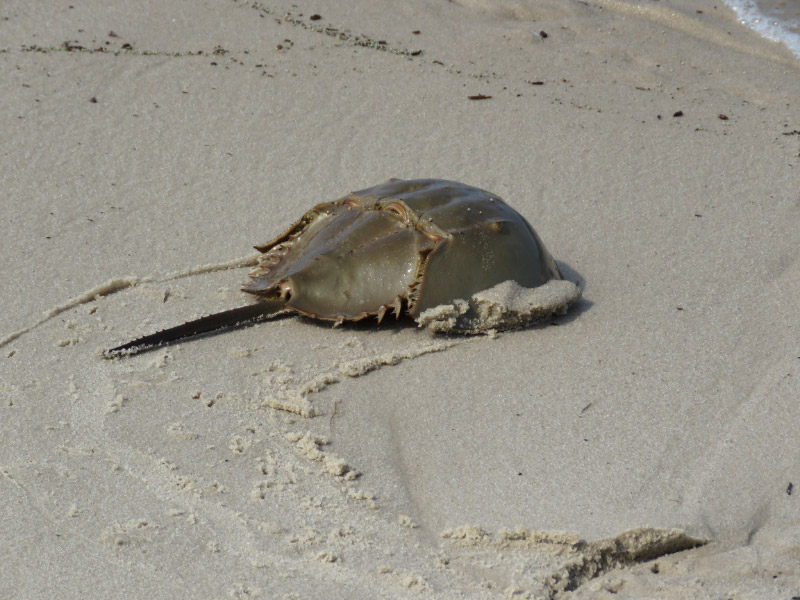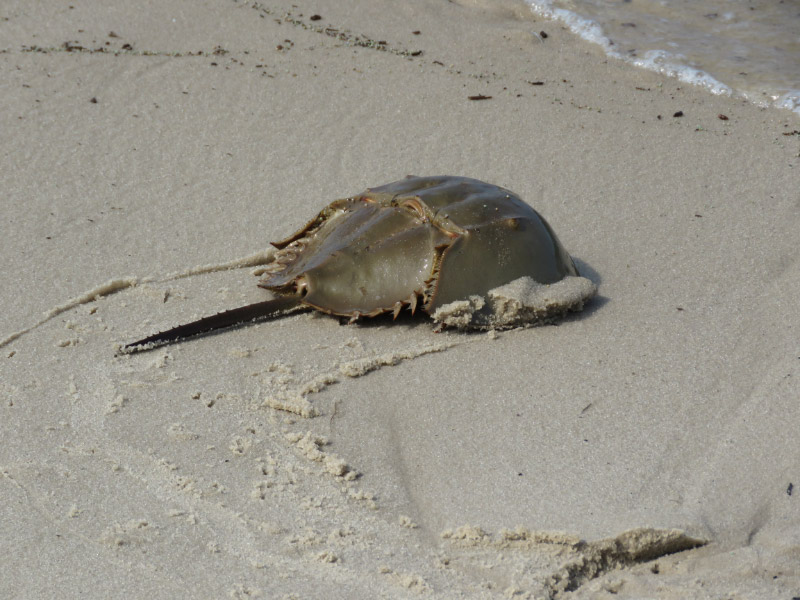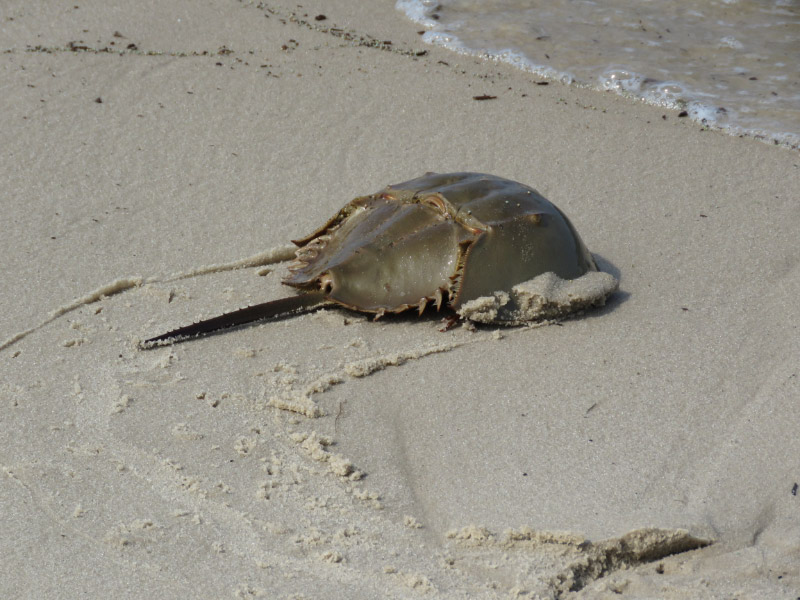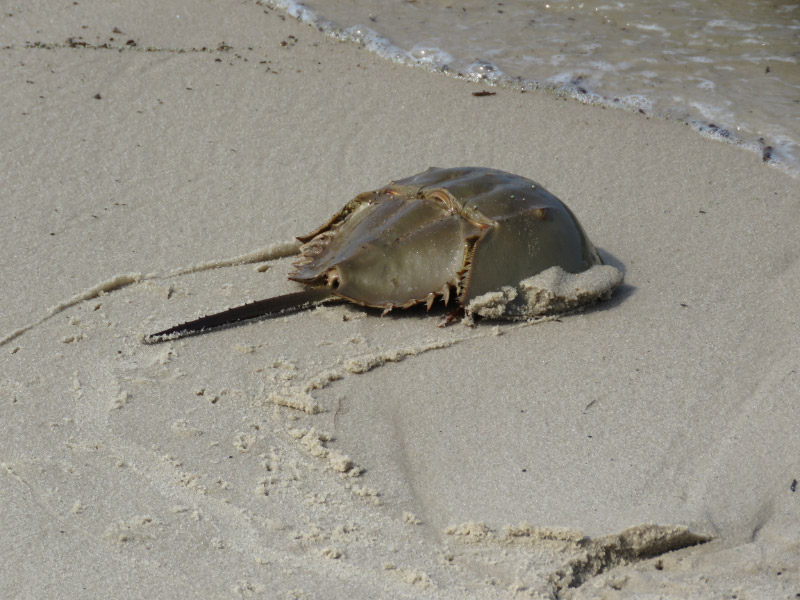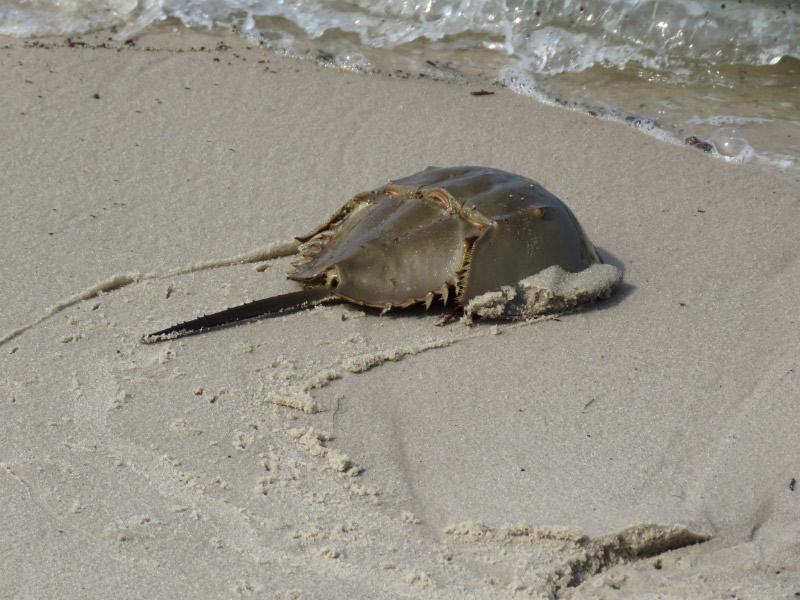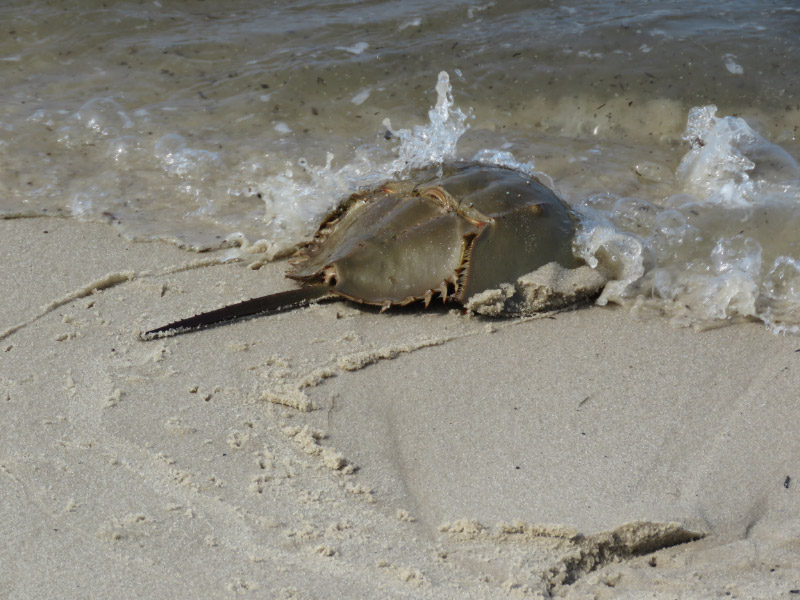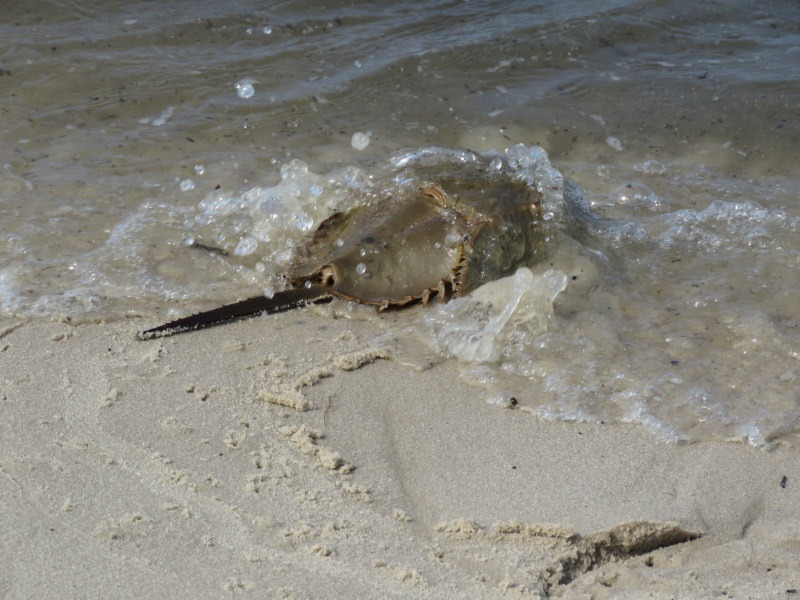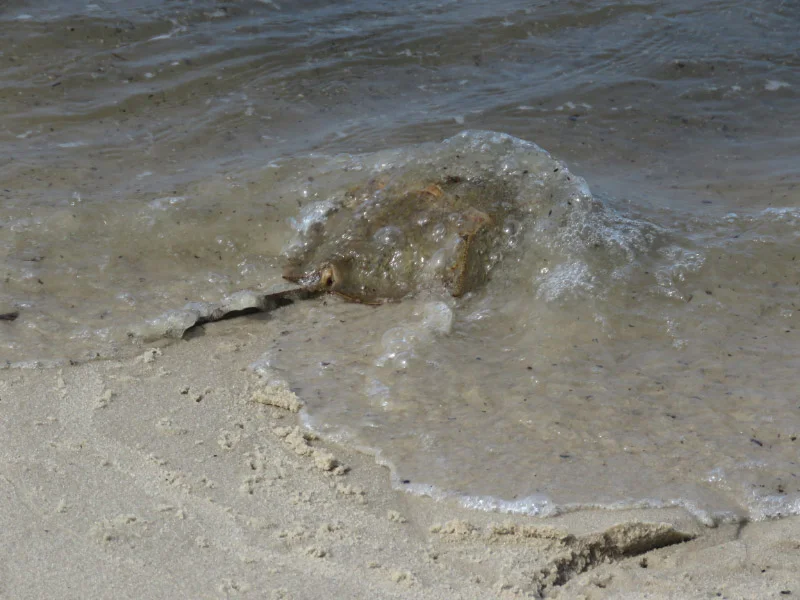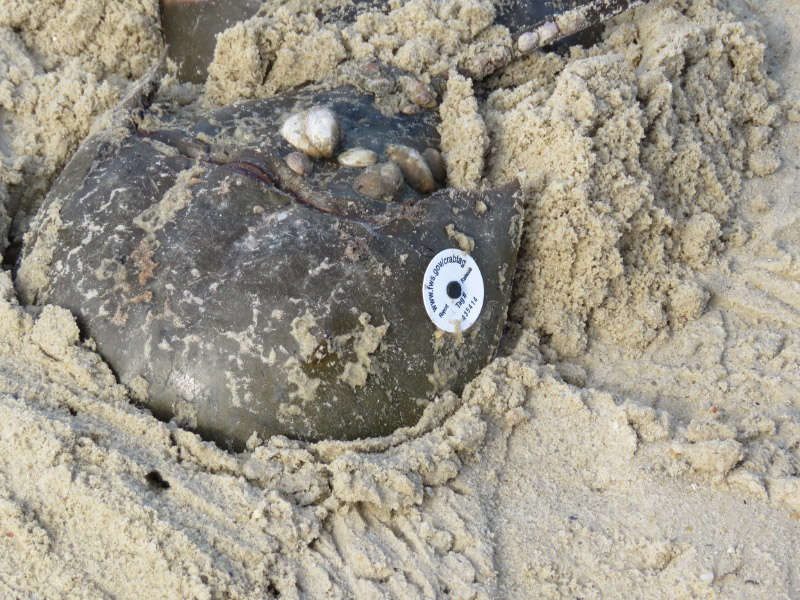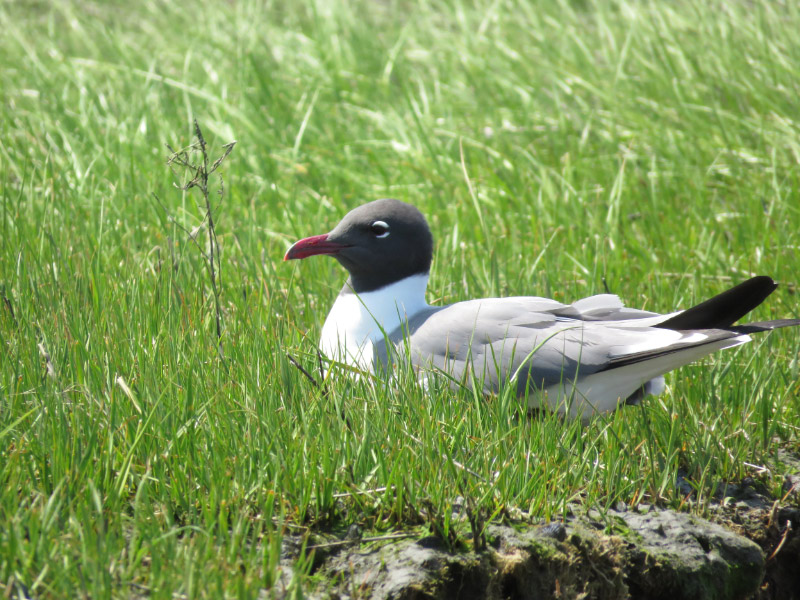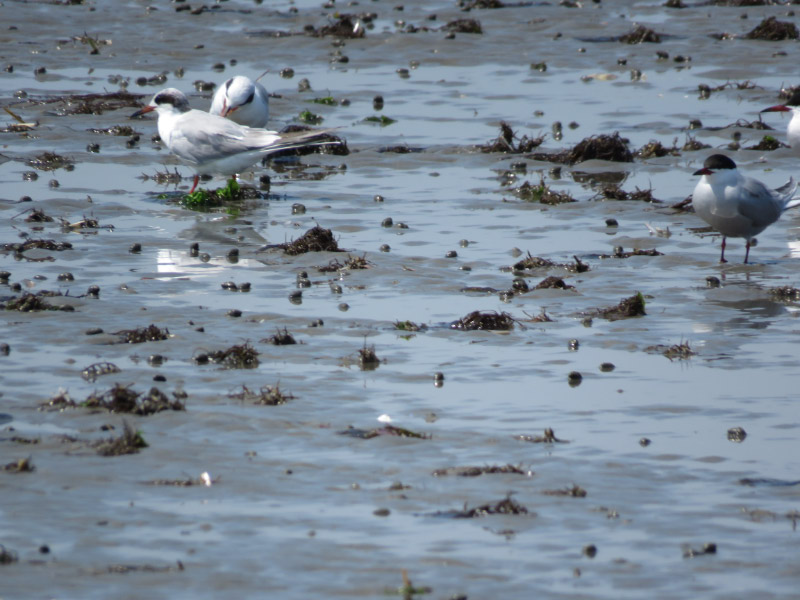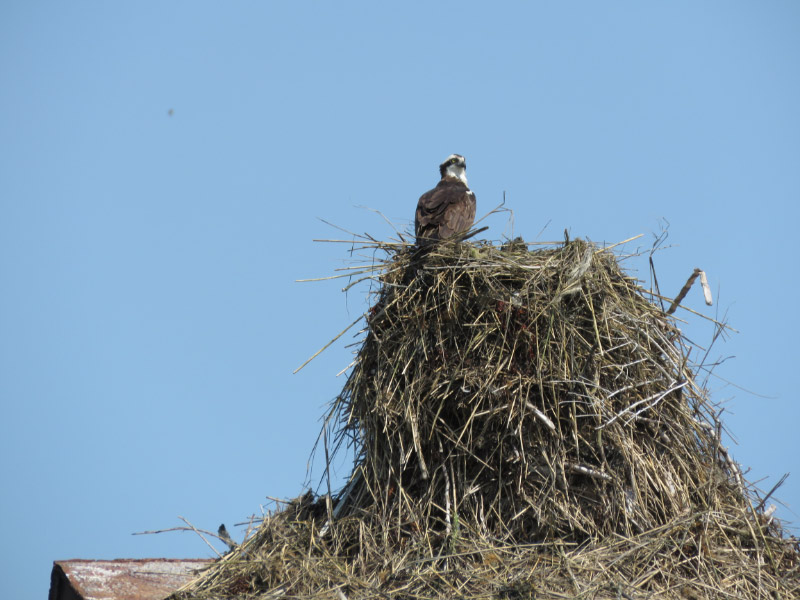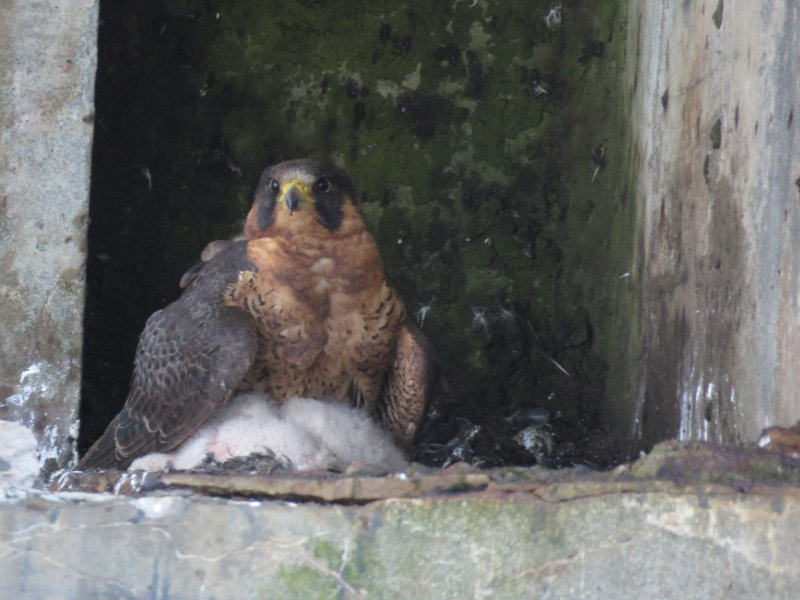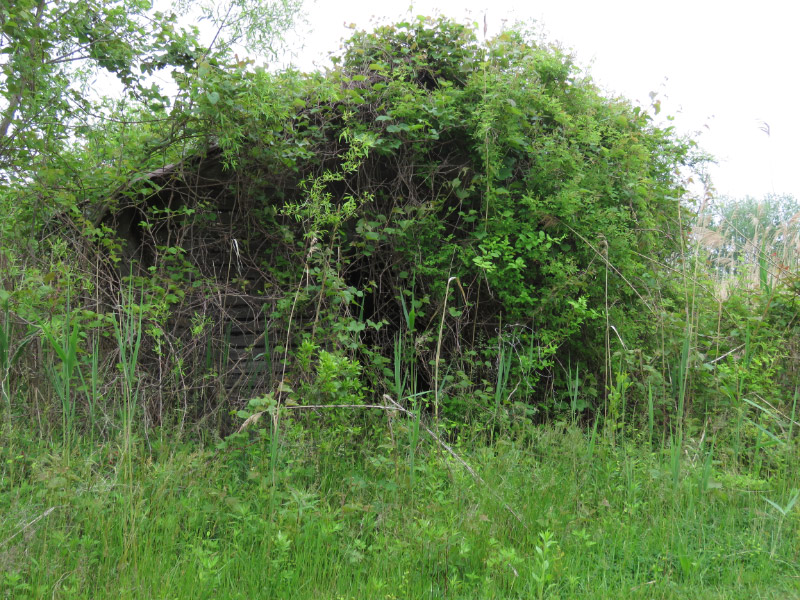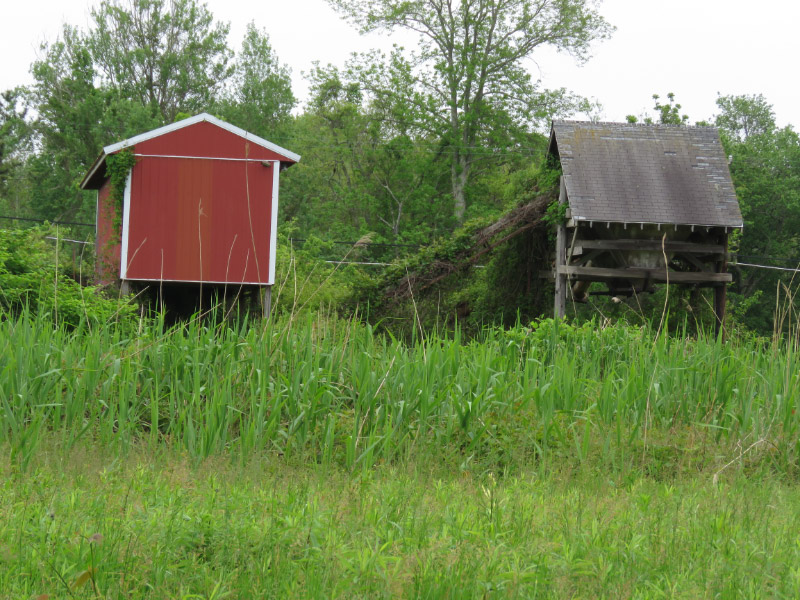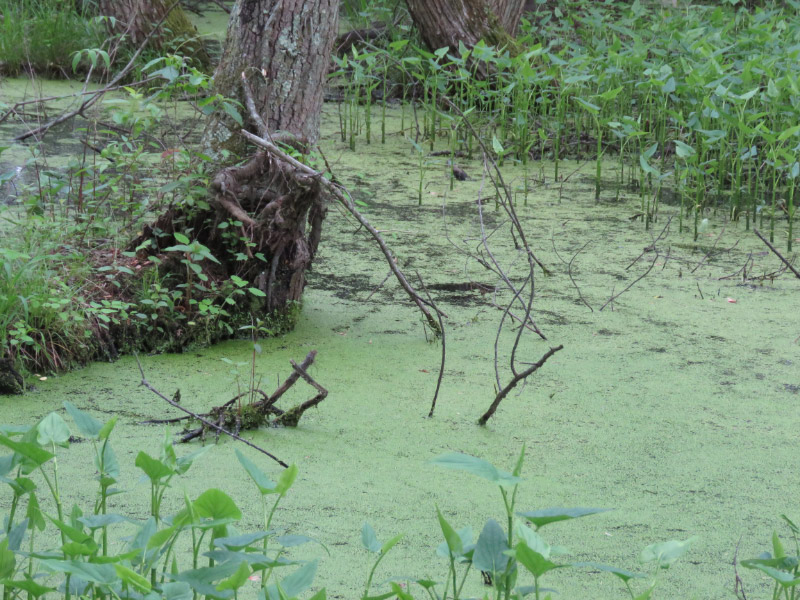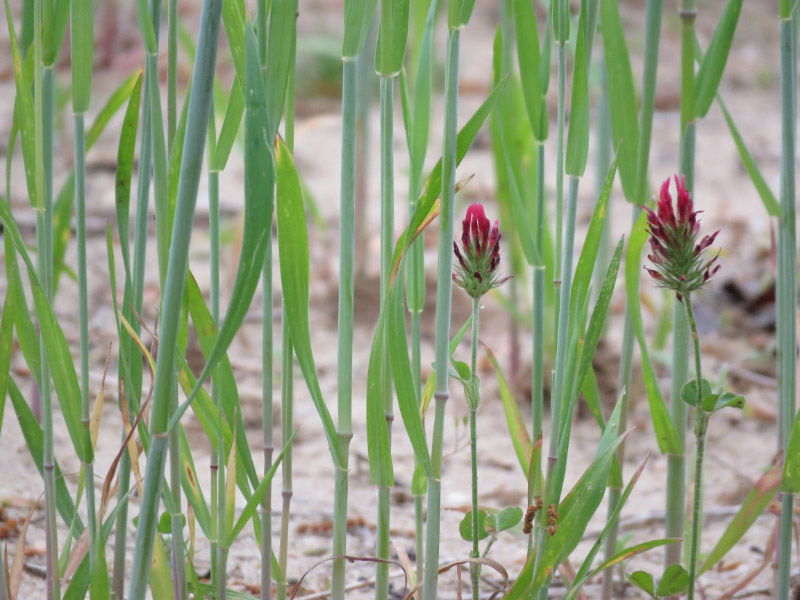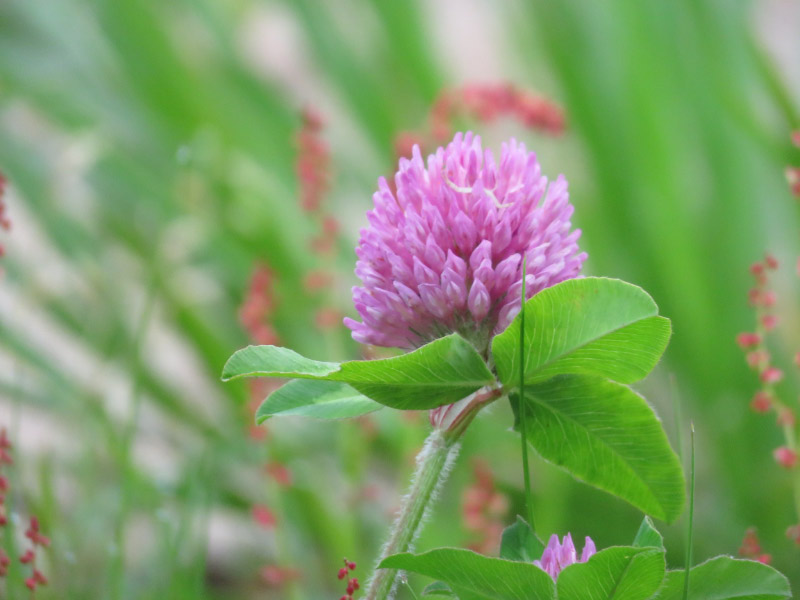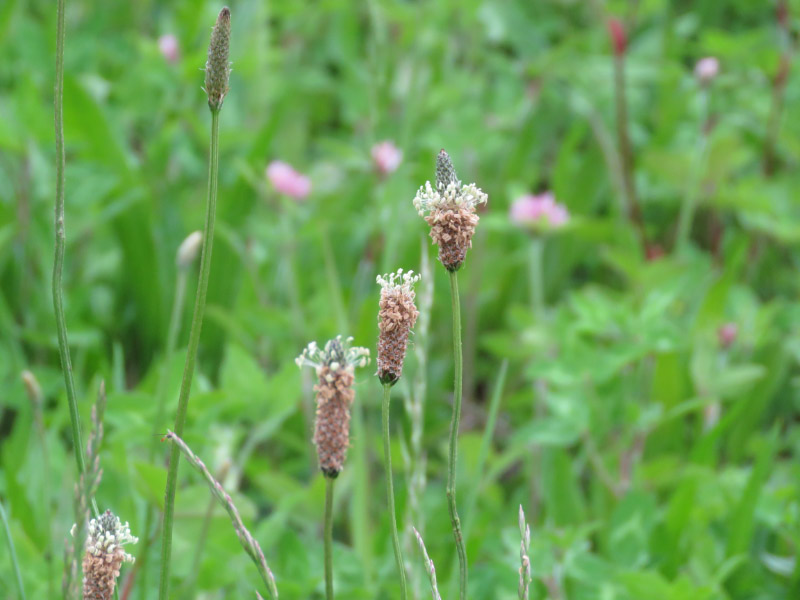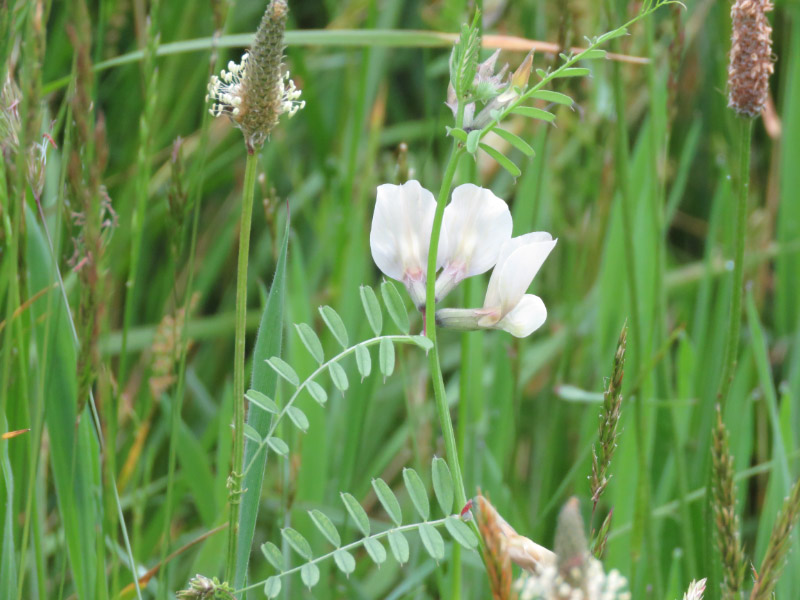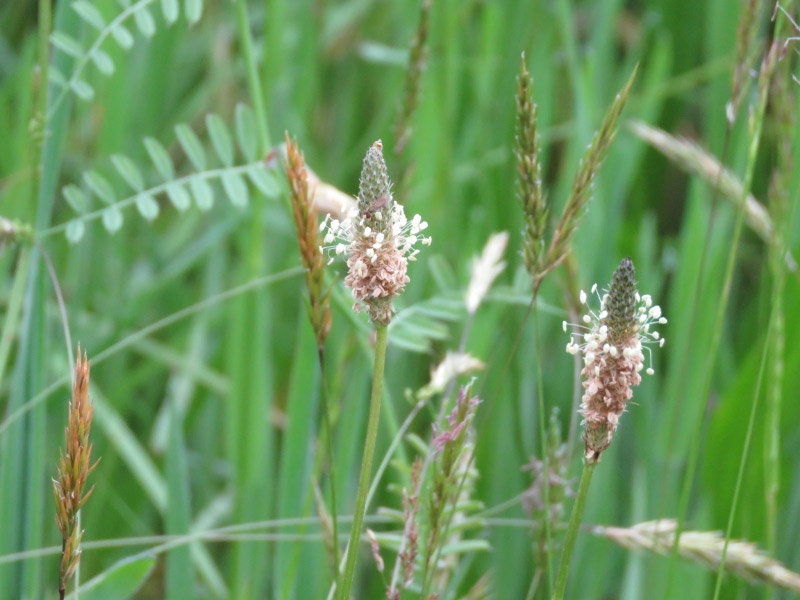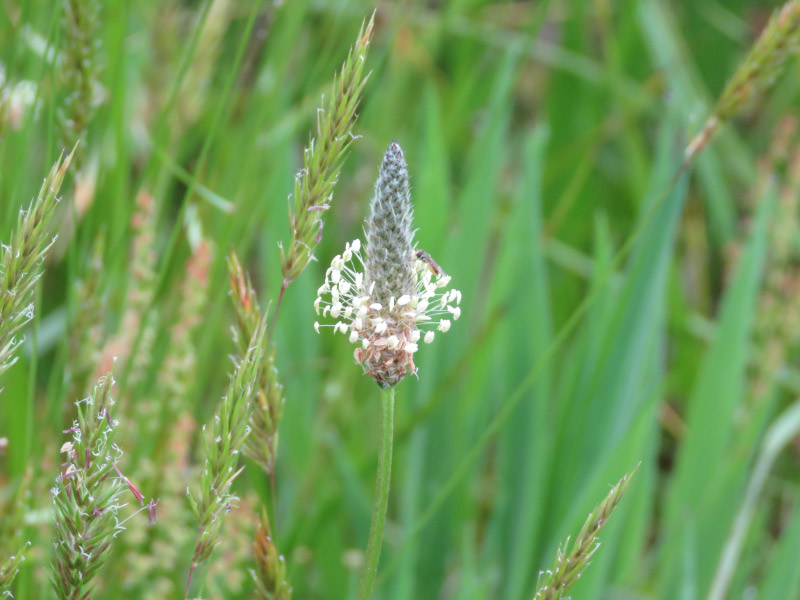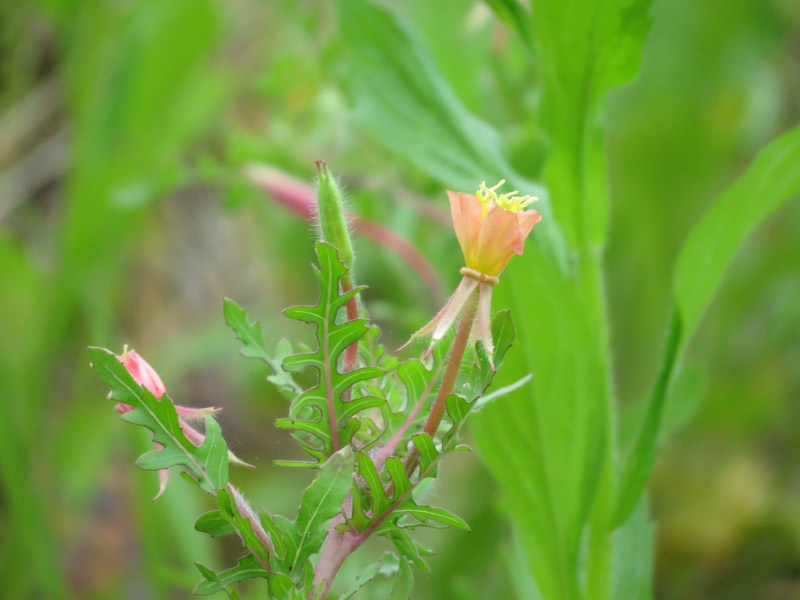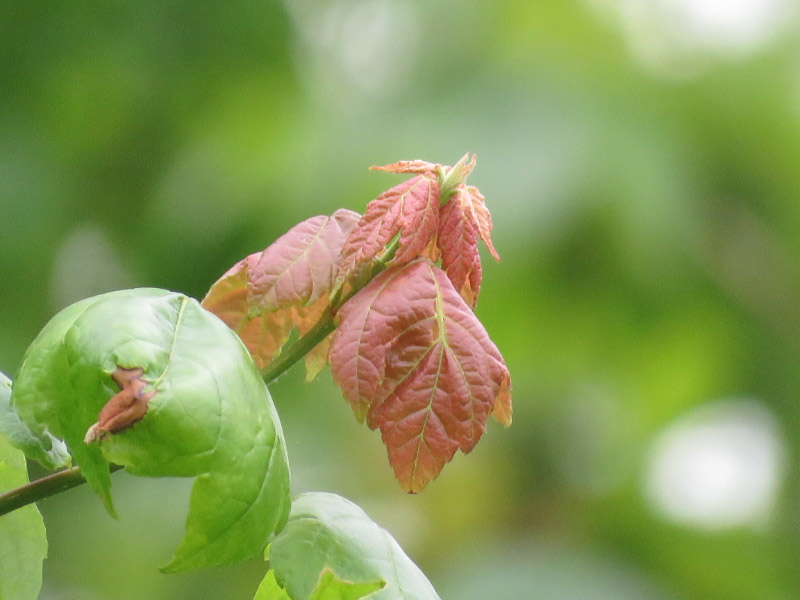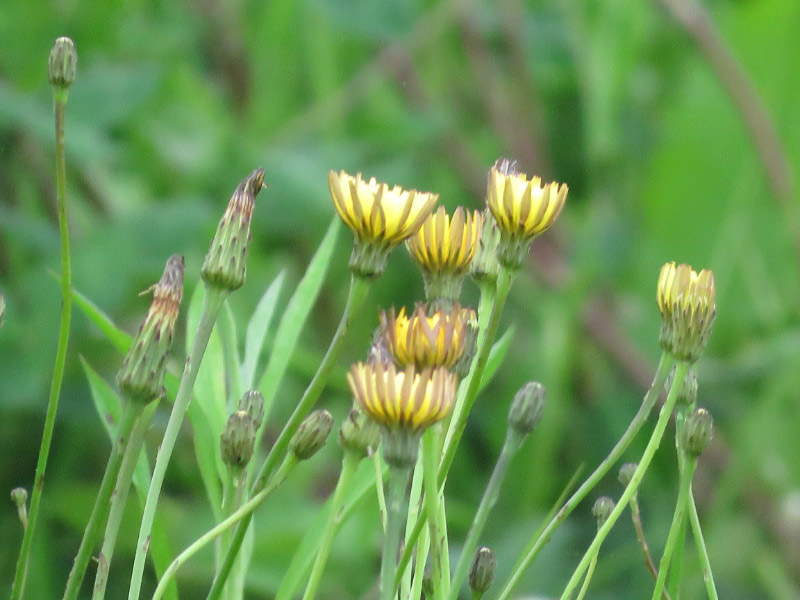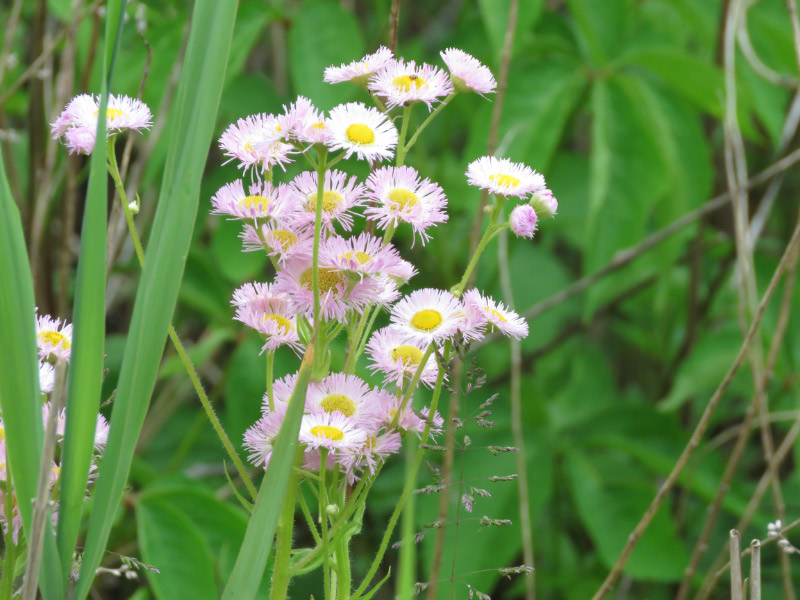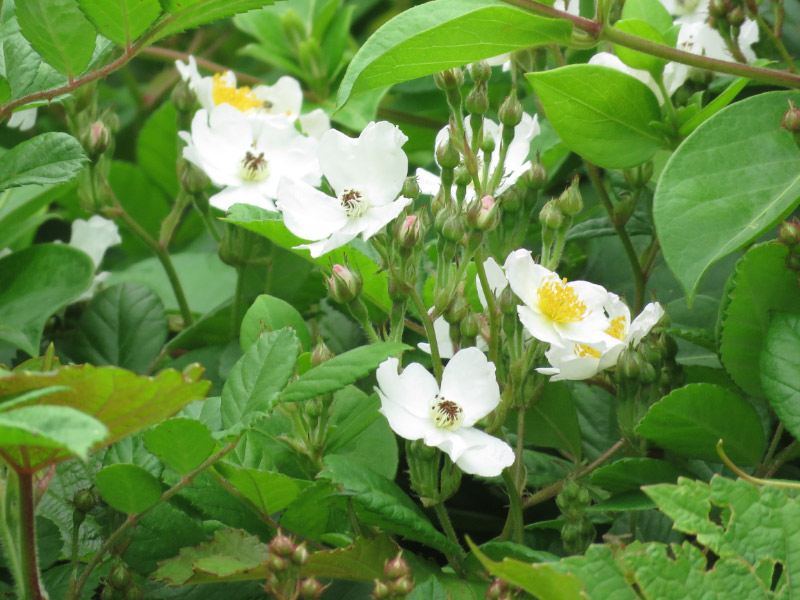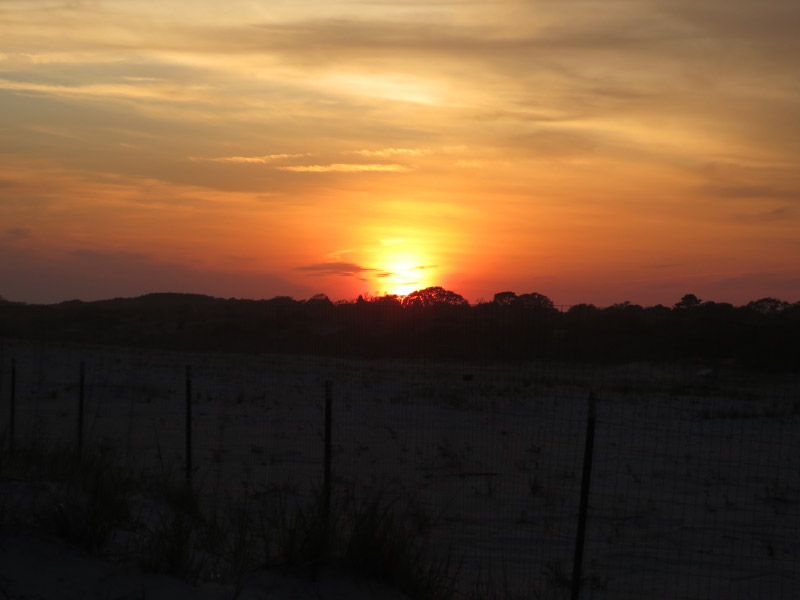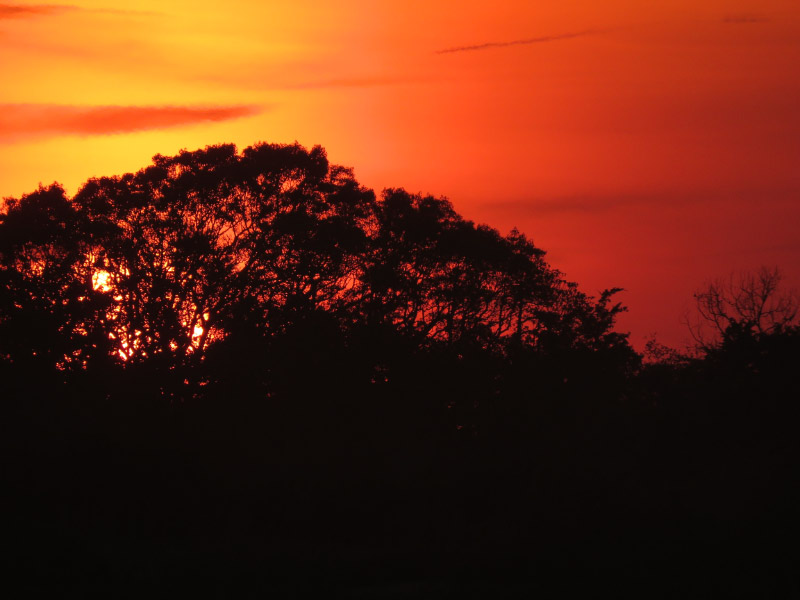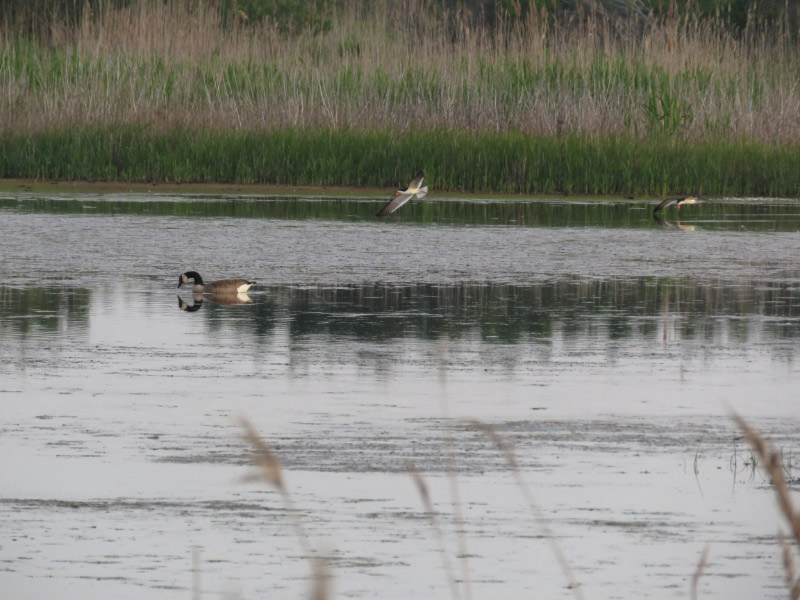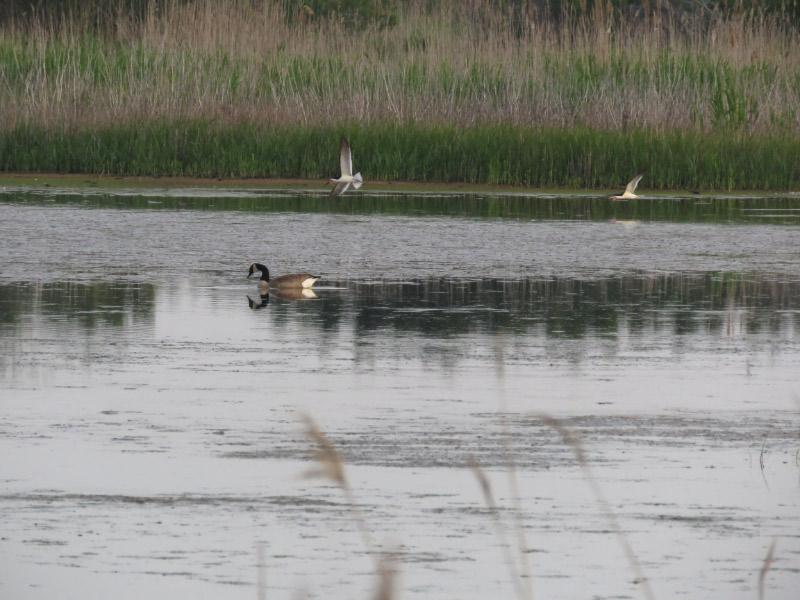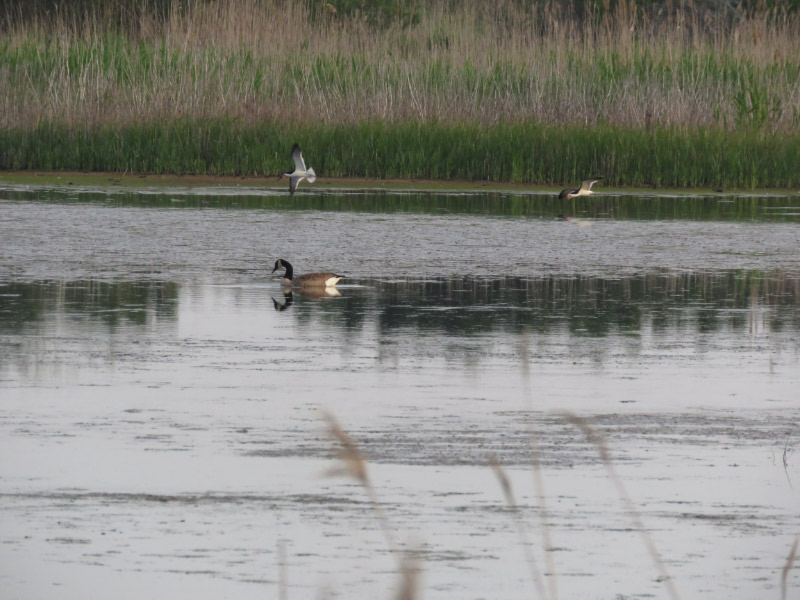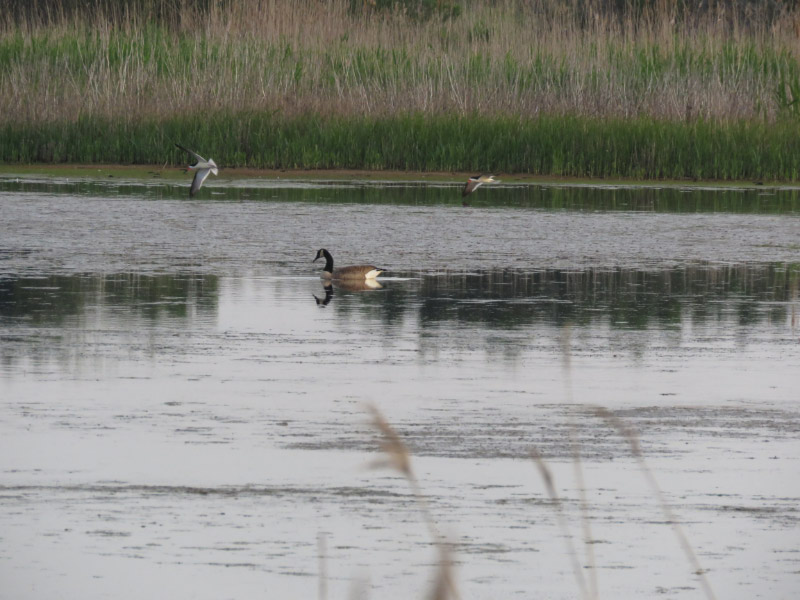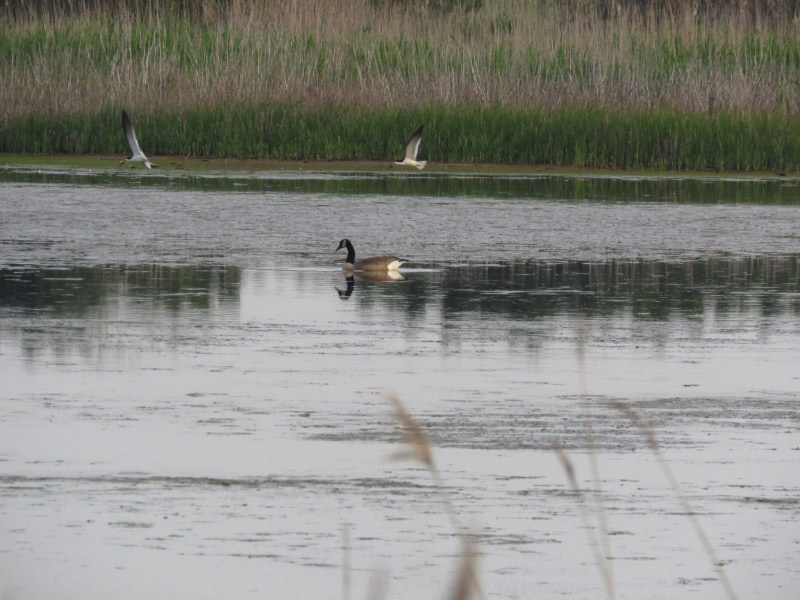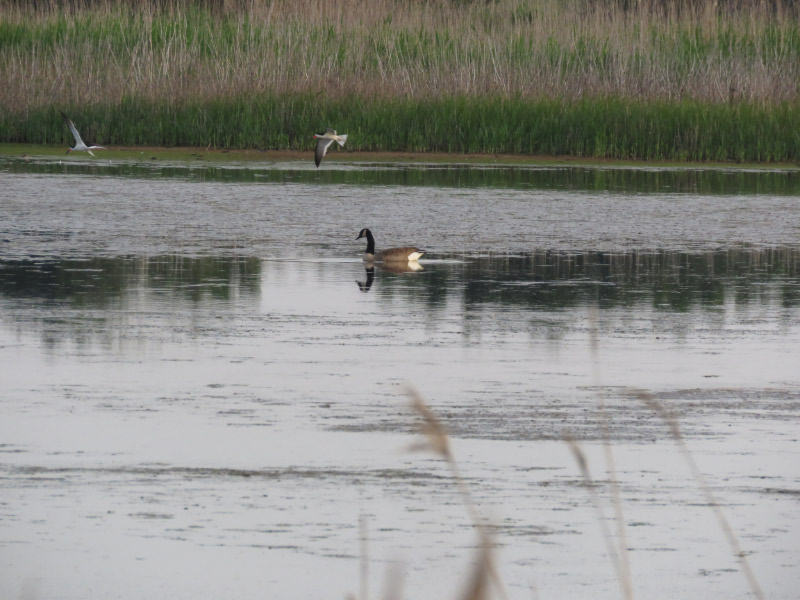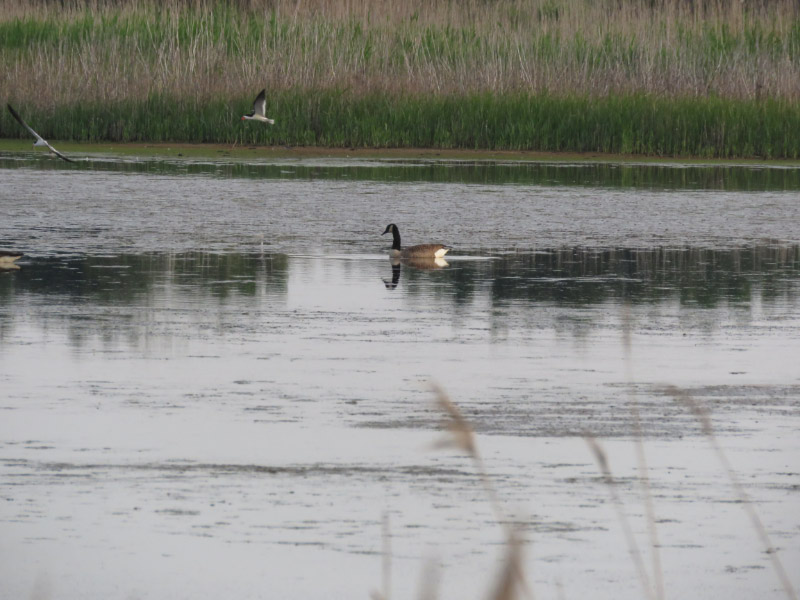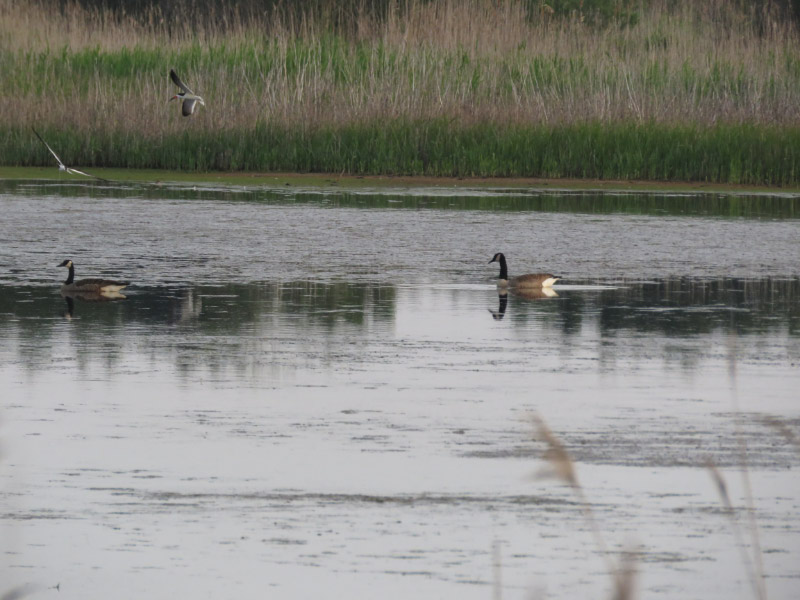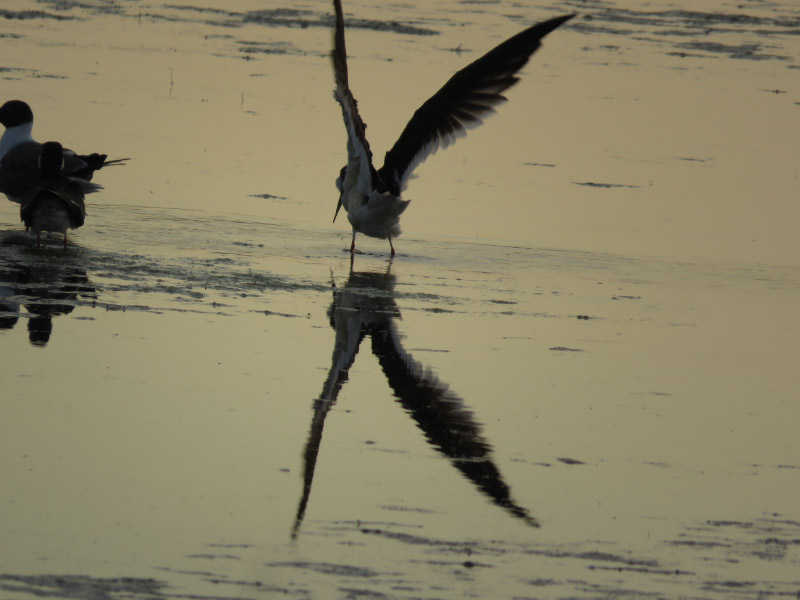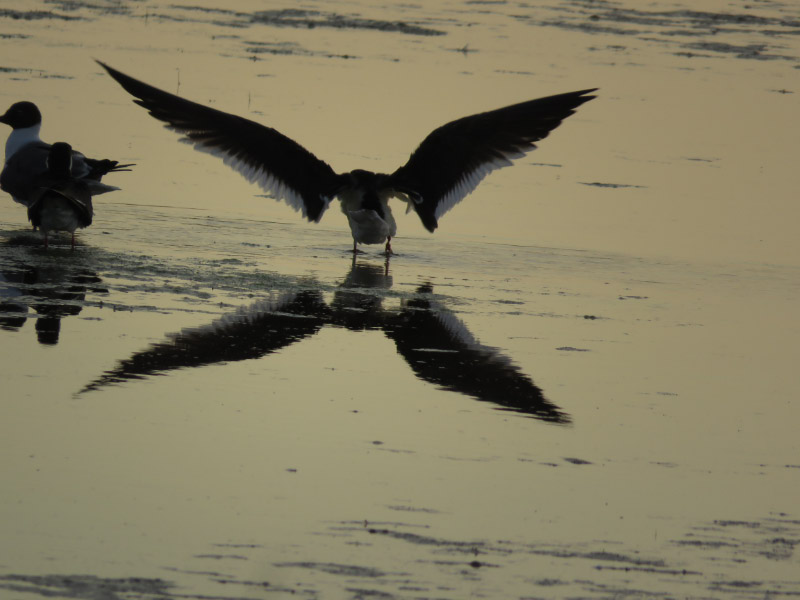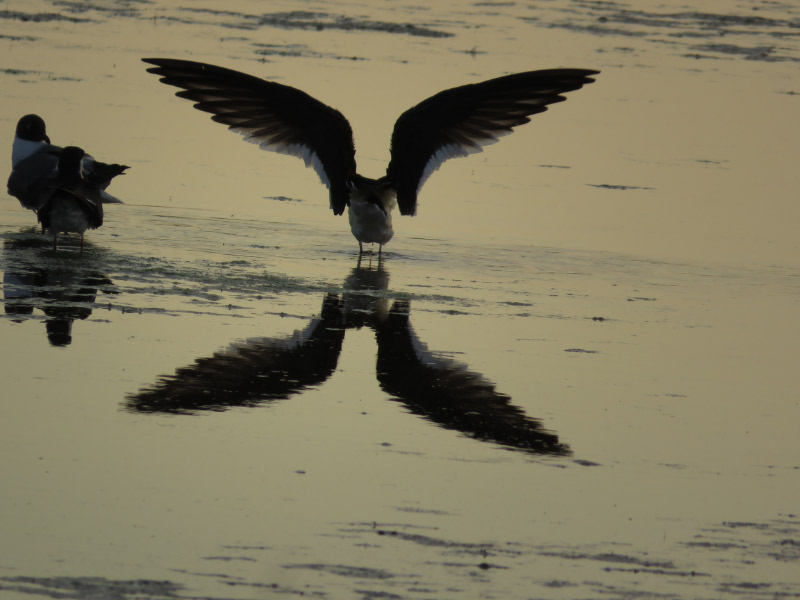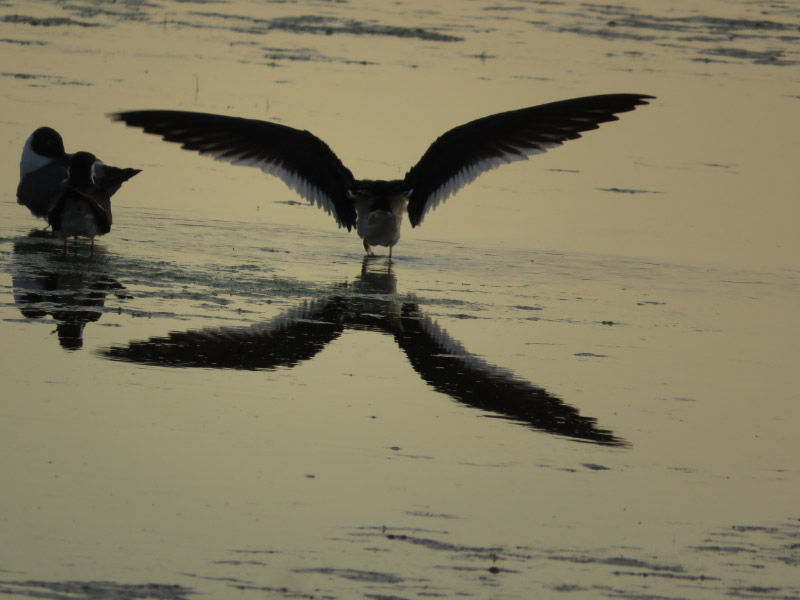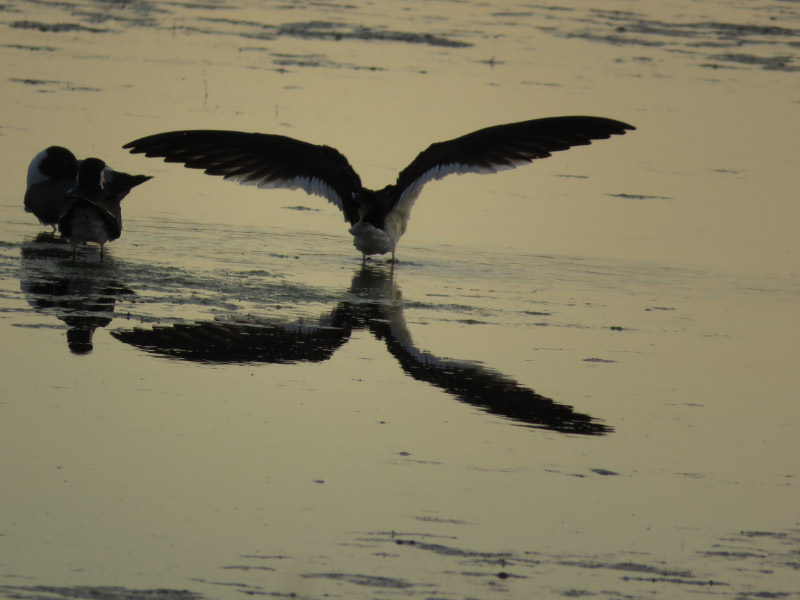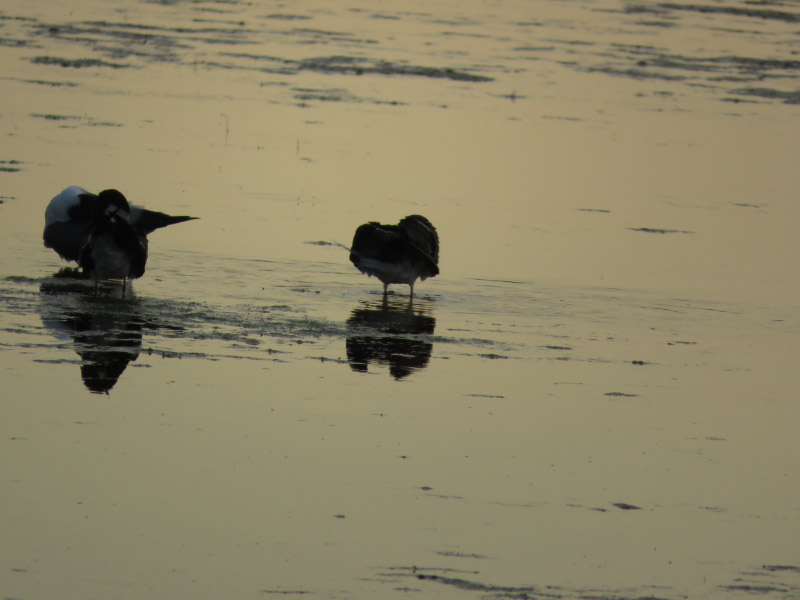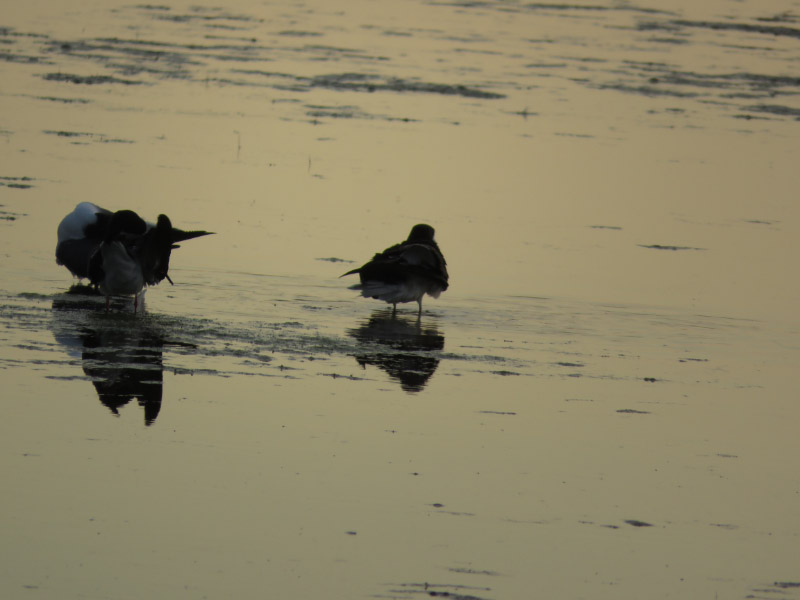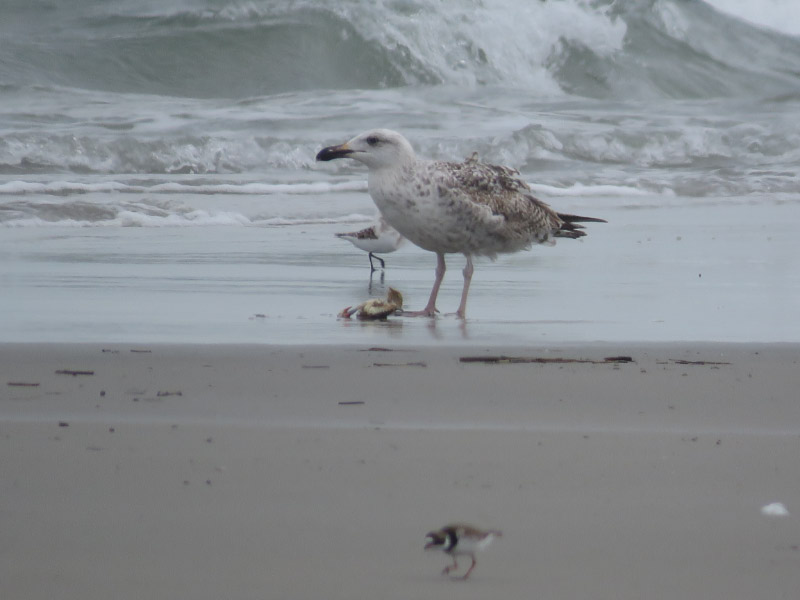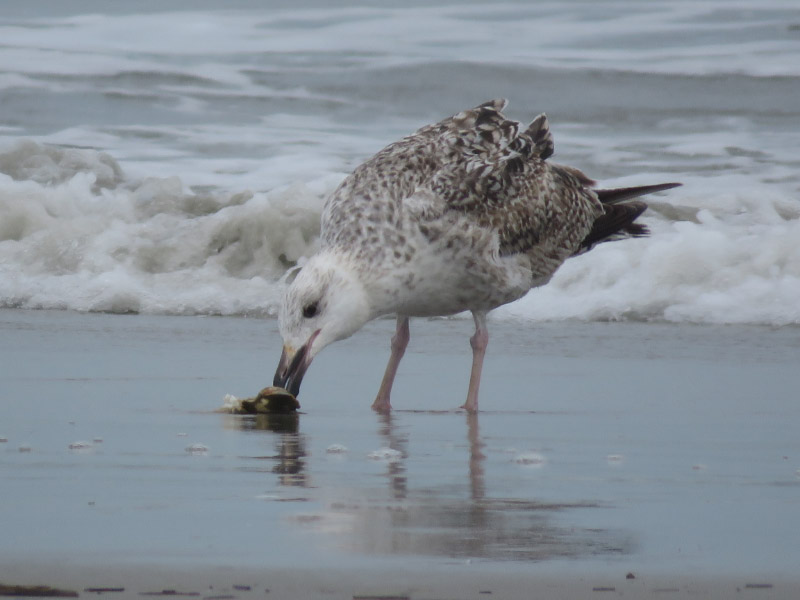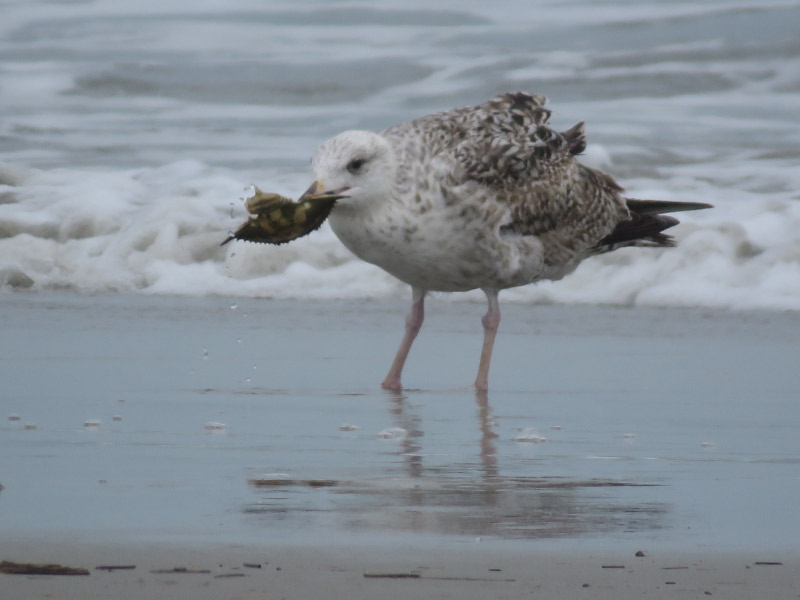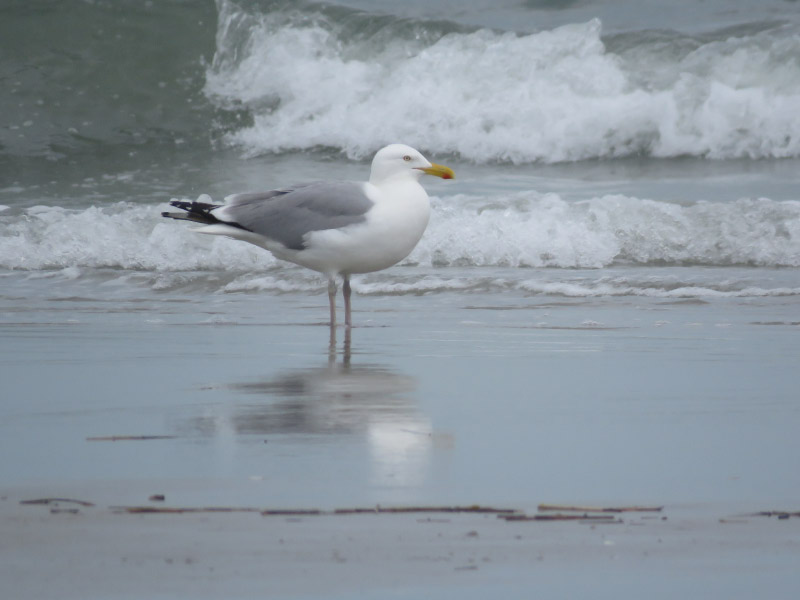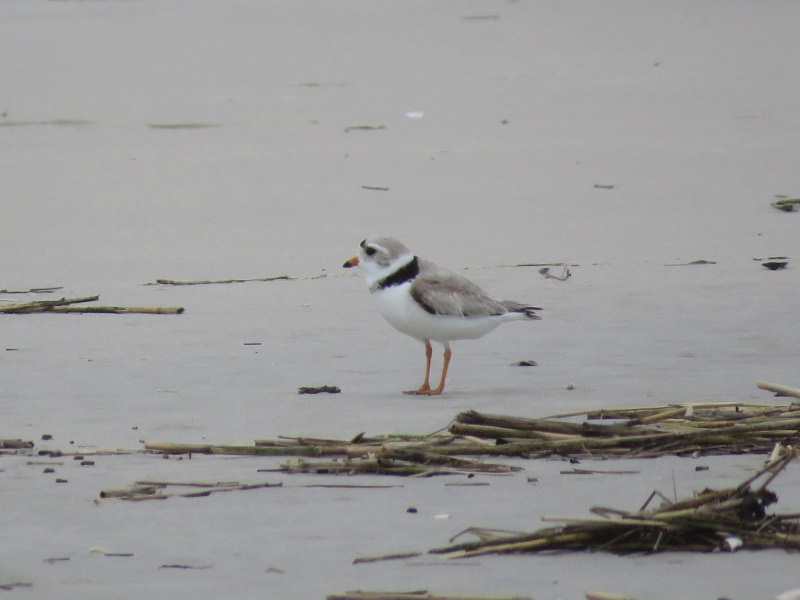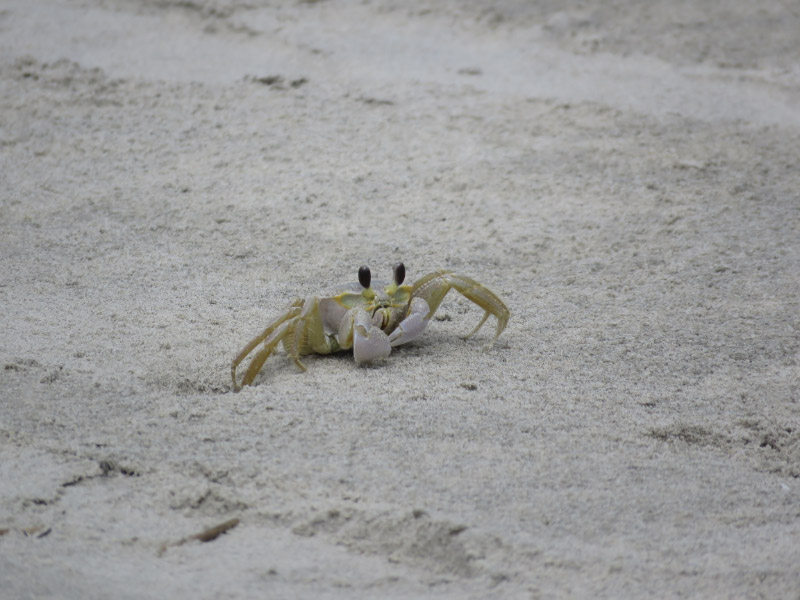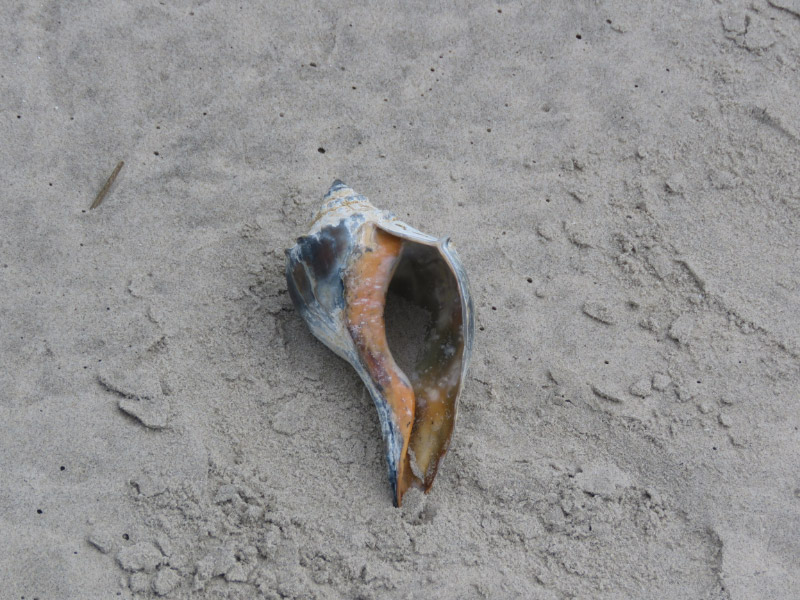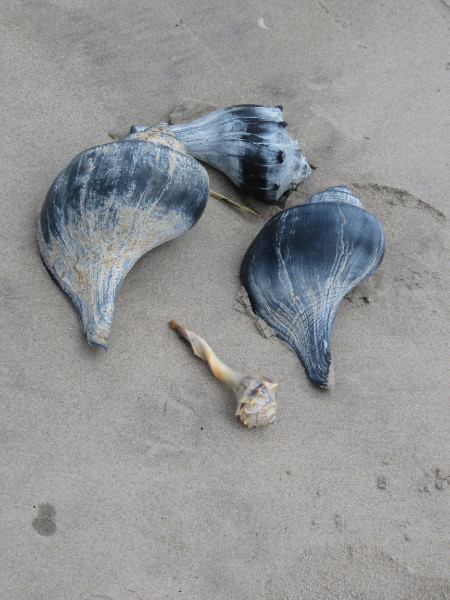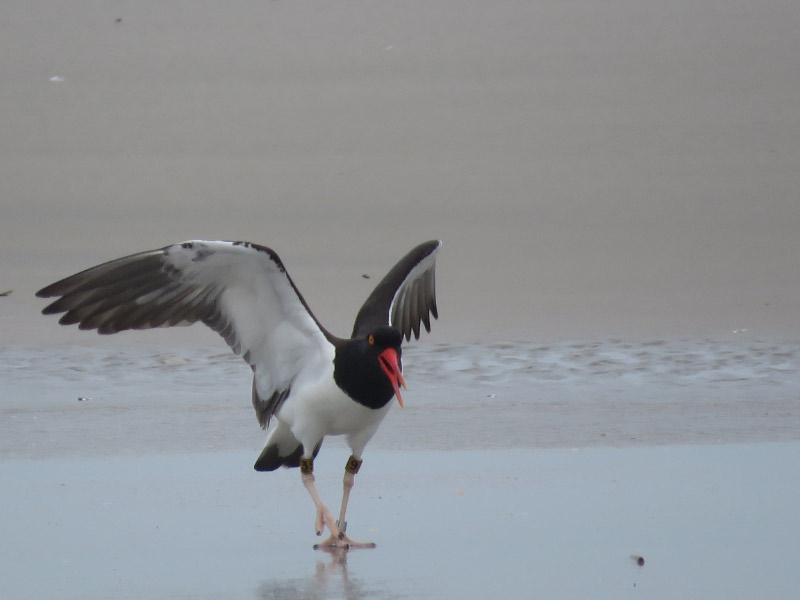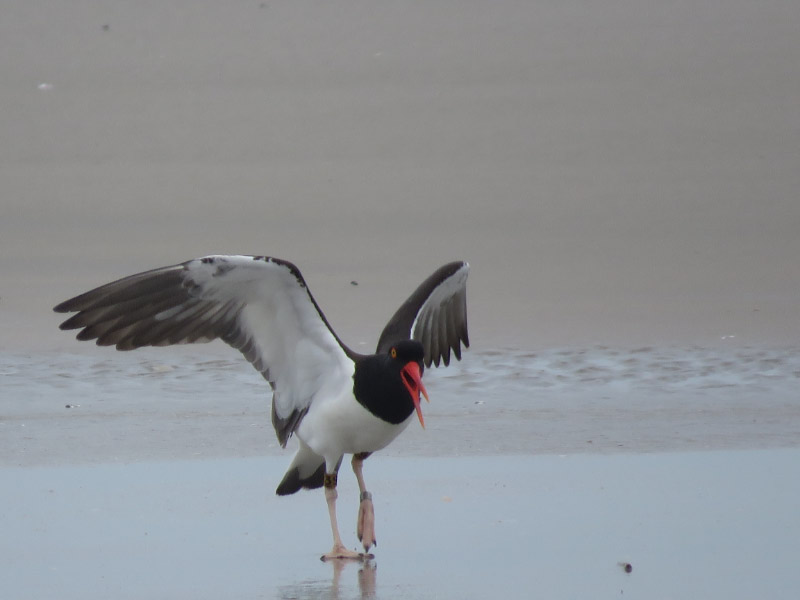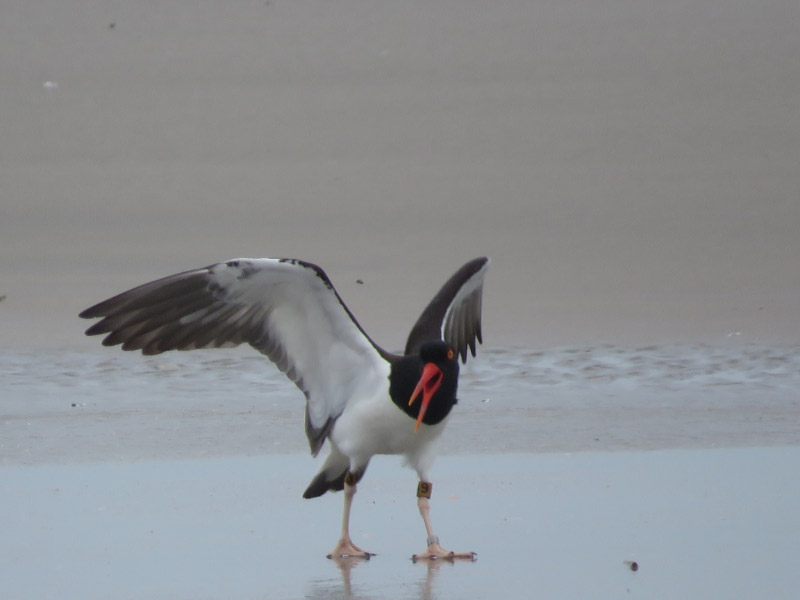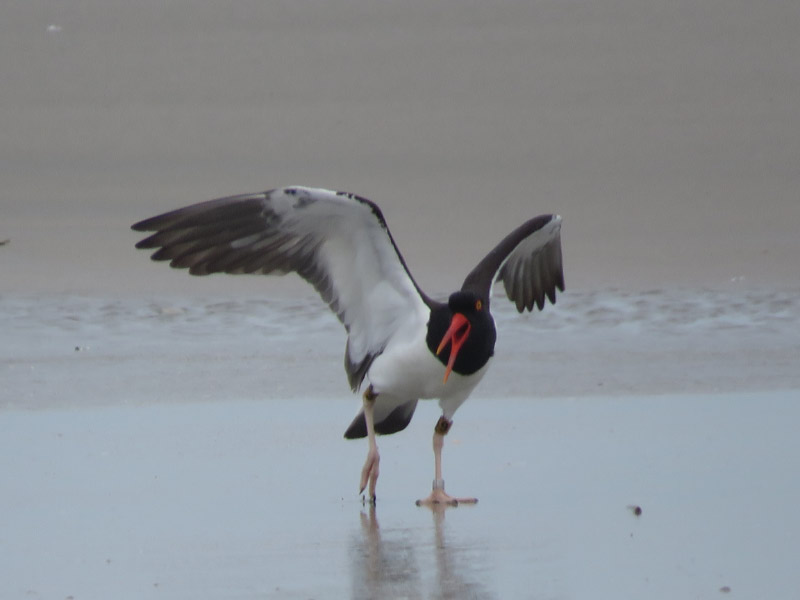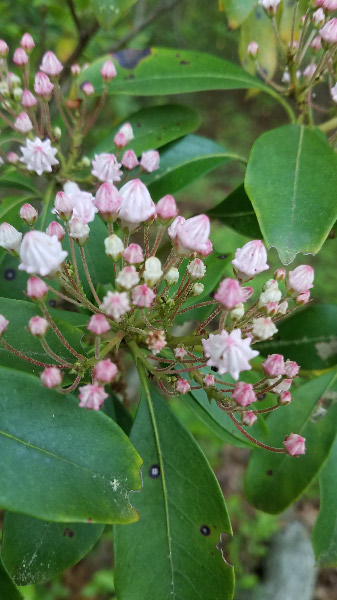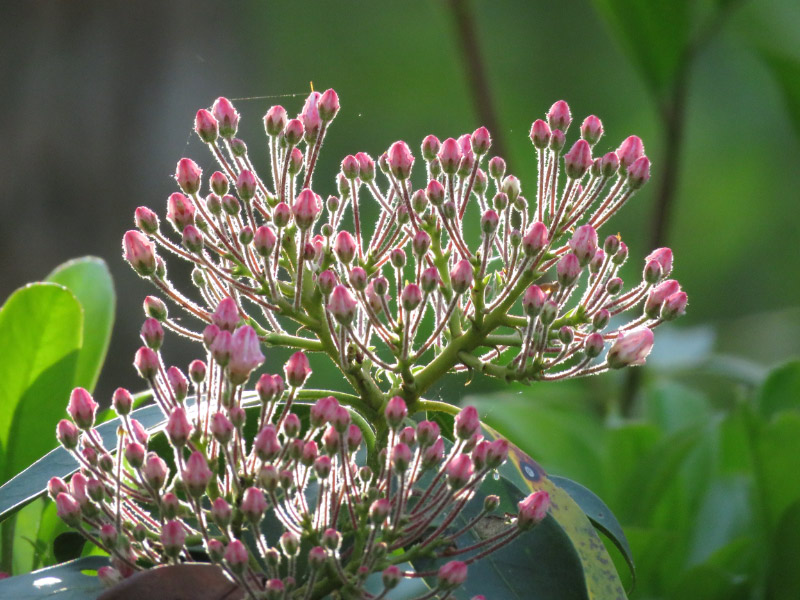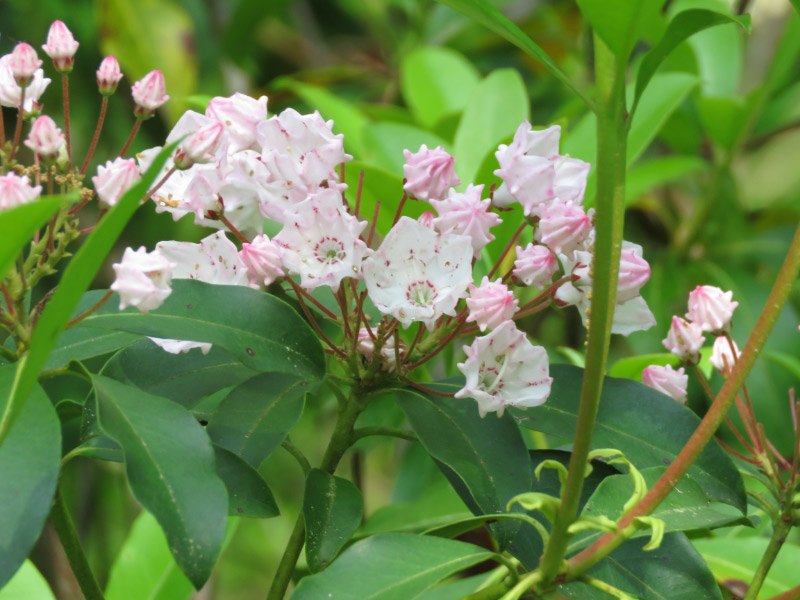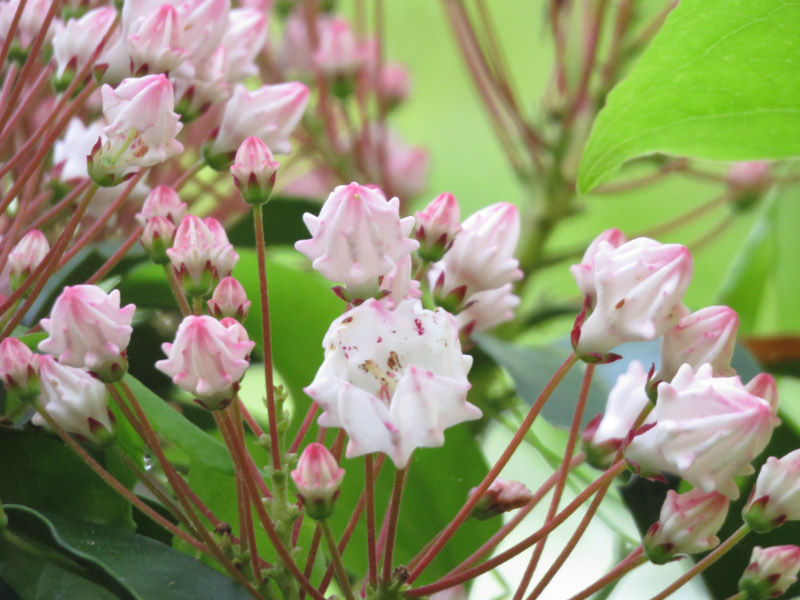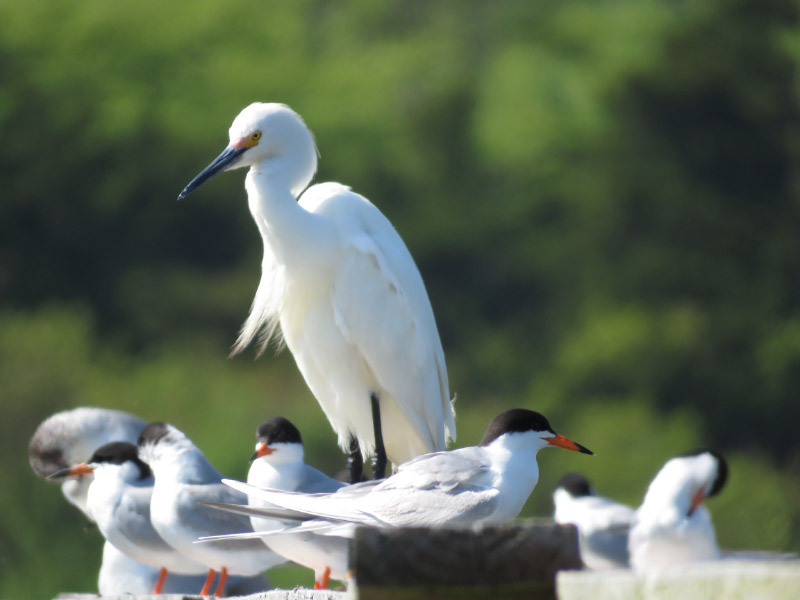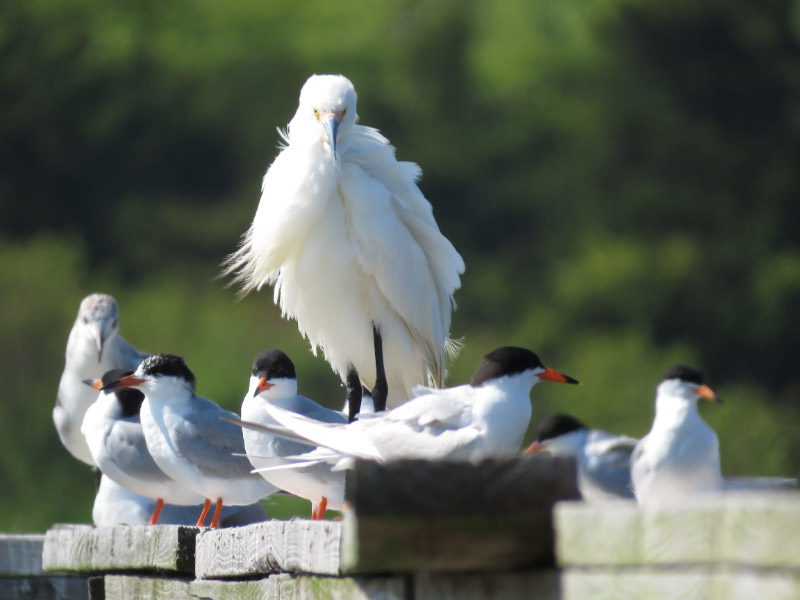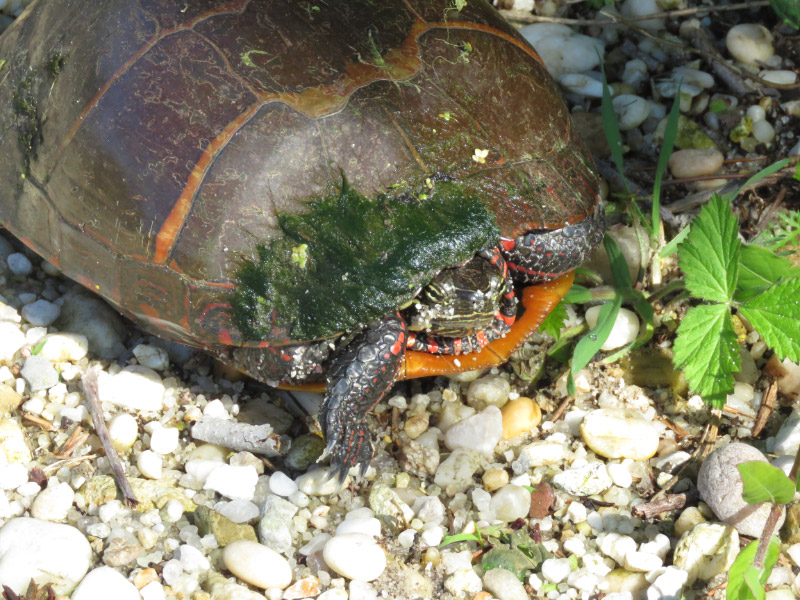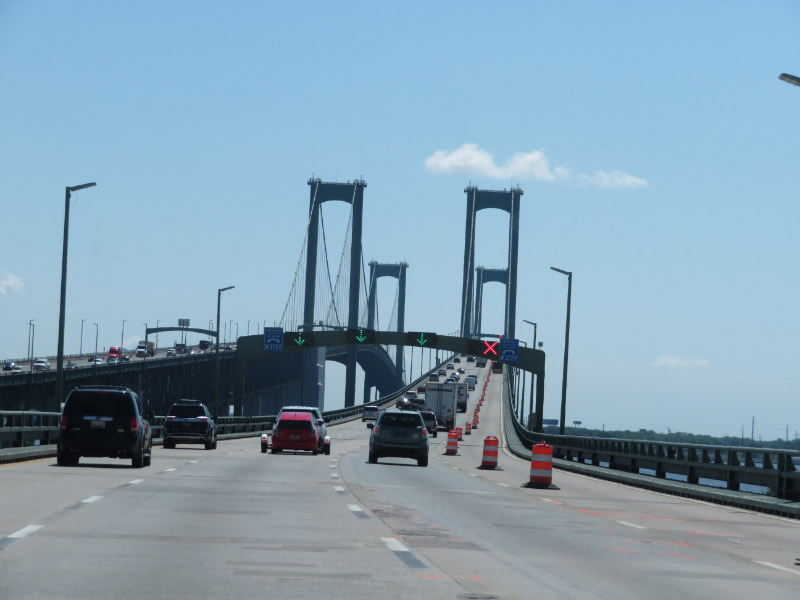Little Celebrations, Tangler’s Choice, and a Fledgling Woodpecker
/Continuing the blog post series prompted by COVID-19….
10 Little Celebrations in May 2020
Today I am highlight 10 small things I celebrated this month. Half of them involved birds!
Rose-breasted Grosbeaks were a new bird at our deck this year; my husband both celebrated their appearance. They came for the first half of the month both males and females. Now they are probably raising young in a nest a little too far from our feeder…but maybe they’ll bring their fledglings!
Virtual Cape May Spring (Birding) Festival. It was two days of rewarding sessions….celebrating a place we enjoyed last spring (Cape May, New Jersey) in the best way possible in 2020!
Downy woodpecker fledgling. We had a fledgling downy…bumbling to the deck but not the feeder – yet. Celebrating new life in the forest.
American Goldfinches. The males are in their summer plumage. It’s always a day brightener to see them.
Indigo Buntings were another new visitor to our feeder this year. Like the grosbeaks – they were around for the first half of the month. Hopefully, they will return with fledglings…and built their nest far enough away to not have a cowbird nestling.
And there were other things I celebrated…many probably obvious from my previous posts.
Irises. I celebrated every single one that came up in our garden. The rhizomes appear to be recovering from a collapse a few years ago. I hope that cutting the stalks will make it easier for them to build up even more for next year – anticipating more flowers to celebrate.
Poem sent from my Mother…30 years ago. I found a poem my Mother sent to me as I started my daughter in day care 30 years ago. I must have celebrated it at the time….and did again when I found it again.
Providing a Zentangle session at Howard County Conservancy. Celebrating sharing something I enjoy.
Chipmunk on the deck. Celebrating the rodent that has Oreo cookie stripes on each side!
Flower Designs from the 1800s. Celebrating Marcia Bradford’s book of flower designs for watercolor…that worked very well with Ultra-Fine Point Sharpies with Zentangles filling in the background! I completed 2 in May.
A Zentangle Prompt
Instead of trying a new pattern today – pick ones from the last week to make again – in a new combination or as a monotangle. Take your pick from: GINGO, MEER feathers, ANTIDOTS, ELIROB, BATON, PHICOPS, RIBBON ROSE, and SHARD. Or maybe decide to take a break and just admire a mosaic of your tiles made over the past 6 days. Here are mine (including the RIBBON ROSE and SHARD tiles from yesterday.
Unique activities for yesterday:
Fledgling red-bellied woodpecker. The fledgling was on the roof of the covered deck while the mom was at the feeder! It first came about 8 AM and I watched for it all through the day. It wasn’t quite coordinated enough to utilize the bird feeder directly.
Chicken baked in spicy spaghetti sauce. I’m not sure why I hadn’t tried this before…it’s easy to make and delicious. I simply put boneless chicken breasts in a Pyrex baking dish, poured some spicy spaghetti sauce over them, sprinkled on some garlic and coarse ground pepper….cooked for an hour at 350 degrees (included some potatoes in the same oven). The baking dish has a lid, so the leftover chicken is in the refrigerator in that container (easy cleanup after our meal). My husband – a somewhat picky eater – liked the chicken so much he even volunteered to eat the leftovers!
Links to my previous “filling a day of social distance” posts here.
--
The Zentangle® Method is an easy-to-learn, relaxing, and fun way to create beautiful images by drawing structured patterns. It was created by Rick Roberts and Maria Thomas. "Zentangle" is a registered trademark of Zentangle, Inc. Learn more at zentangle.com.





